ECJ Rules on Retroactive VAT Rate Corrections: Lessons From Case C‑794/23
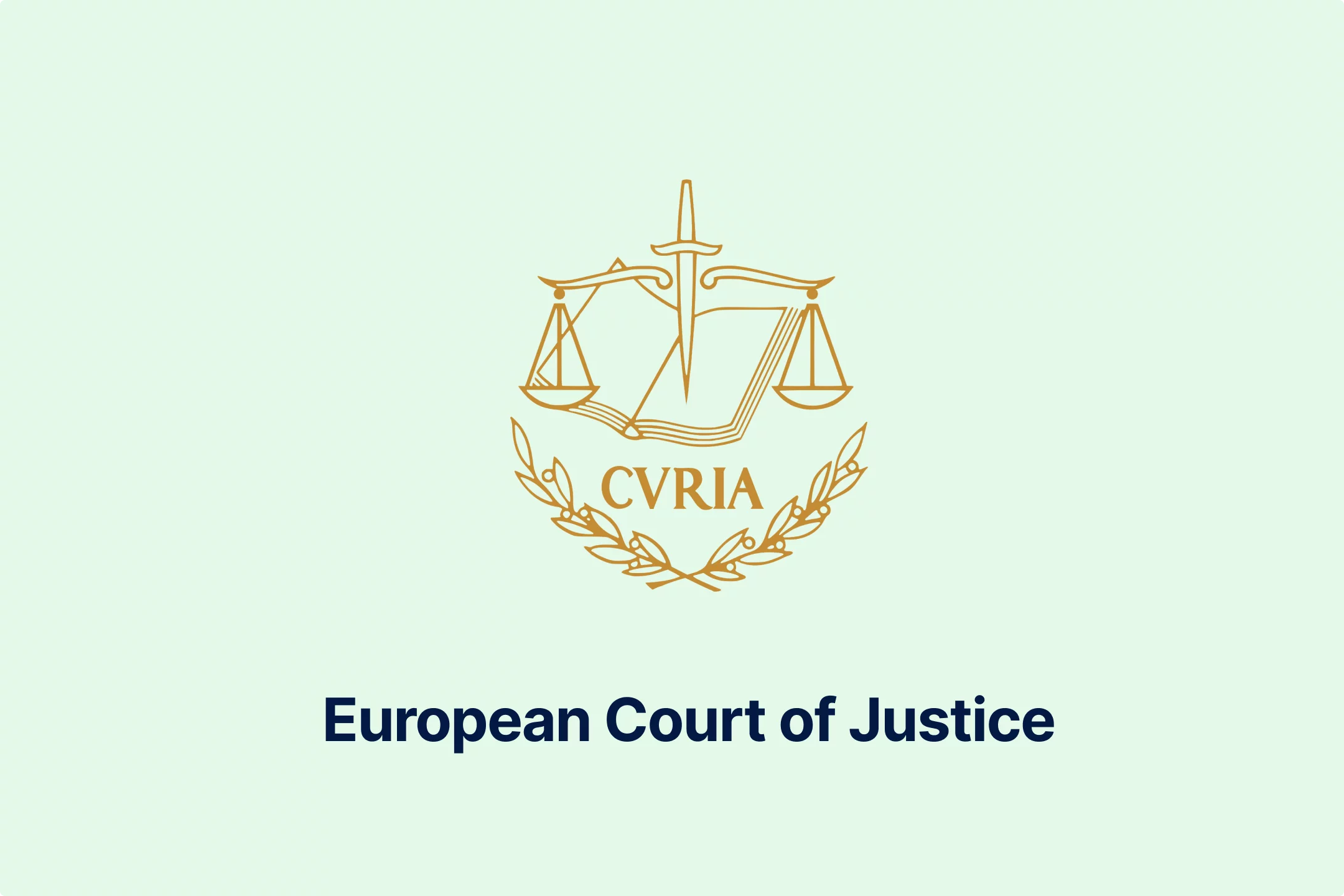
🎧 Prefer to Listen?
Get the audio version of this article and stay informed without reading - perfect for multitasking or learning on the go.
The case between Austrian-based Company P, which operated an indoor playground, and the Austrian Tax Authority revolves around whether a retroactive application of the reduced VAT rate is permitted after initially charging the standard VAT rate on admission fees.
More precisely, the case centers around the key conditions under which VAT can be corrected after invoicing and payment, particularly when the customer base consists mainly of final consumers who cannot recover VAT. In addition, the case refers to a previous case between these parties on the same matter, which was settled in 2022, making this case even more intriguing.
Background of the Case
Company P applied a standard 20% VAT rate to admission fees to the playground in 2019. Additionally, the company is providing customers with simplified till receipts, as permitted under Austrian VAT law for low-value transactions, and reports the corresponding tax in its VAT return. However, later, the company corrected its VAT returns, claiming that the 13% reduced VAT rate should have applied instead of the 20% standard VAT rate.
In January 2021, the Austrian Tax Authority rejected the corrected VAT returns, stating that the 20% VAT rate applies, and that the company could not change the already issued simplified invoices or issue credit notes for the VAT difference. The Tax Authority also added that if the company were allowed to reduce the VAT rate retroactively, it would result in unjustly enriching the company.
Displeased with such a conclusion, the company appealed against the decision, arguing that its services were almost entirely provided to private individuals who could not reclaim input VAT, so there was no risk of tax loss to the state, making invoice correction unnecessary.
In June 2021, the Austrian Federal Finance Court referred a question to the Court of Justice of the European Union (ECJ) to clarify whether Article 203 of the VAT Directive applied in this case, despite there being no risk of tax revenue loss. In its decision in Case C‑378/21, the ECJ ruled that a taxable person who charges VAT at an incorrect rate on an invoice is not liable for the overcharged amount if there is no risk of tax loss.
Following the ECJ reasoning and decision, the Federal Finance Court revised its earlier position and, in January 2023, amended the company’s 2019 VAT assessment accordingly. However, the Federal Finance Court made this decision on the assumption that all company's services were used exclusively by final consumers who could not deduct input VAT.
In reality, it could not be entirely ruled out that some customers might have claimed deductions. Thus, the Federal Finance Court decided to estimate how many invoices could create a VAT liability under Article 203 of the VAT Directive. The final estimation was that 0.5% of total turnover, or about 112 out of 22,557 invoices, posed a potential risk of tax revenue loss.
However, the Tax Authority appealed against this decision before the Austrian Supreme Administrative Court, claiming that the Federal Finance Courts' approach conflicted with the ECJ’s 2022 decision in Case C‑378/21. Moreover, the Tax Authority argued that the ECJ's decision did not authorize dividing taxable transactions into portions based on estimates of which customers were final consumers and which were taxable persons.
Due to these circumstances, with an unanswered question on the criteria that must be used when determining which invoices might involve the risk of tax revenue loss, and uncertainty over how to interpret the term “final consumers who do not have a right to deduct input VAT” as used in the ECJ’s 2022 ruling, the Supreme Administrative Court paused the proceedings and referred three question to the ECJ for a preliminary ruling.
Main Questions from Request For Ruling
The first question focuses on whether a taxable person who issues an invoice with an incorrect VAT rate remains liable for the overcharged VAT when the specific service was supplied to a non-taxable person, even if the same type of service was also provided to taxable persons.
The second question referred to by the ECJ requests further clarification on how to define a “final consumer without a right to deduct input VAT” from the ECJ 2022 decision. More specifically, the Supreme Administrative Court wanted to know whether this term refers only to non-taxable persons or also includes taxable persons who use the service privately or for purposes that do not entitle them to deduct input VAT.
The final, third question, concerns the simplified invoicing under Article 238 of the EU VAT Directive, and asks which criteria should be used, potentially through estimation, to determine which invoices do not create a VAT liability because no risk of tax revenue loss exists.
Applicable EU VAT Directive Article
In addition to Articles 203 and 238, which are directly cited in the first and third questions referred to the ECJ for the preliminary ruling, the ECJ also outlined Articles 193 and 220(1) as the most relevant for this case.
Article 193 defines that VAT must be paid by any taxable person making a taxable supply of goods or services, unless responsibility for payment shifts to another party under specific provisions. Articles 203, 220(1), and 238 all establish invoicing rules and how they translate to VAT obligations and liabilities.
Austria National VAT Rules
Regarding the Austrian VAT Law, Articles 11(1), (6), and (12), and 16(1) were the most critical ones for determining the national rules and regulations. These Articles define invoice issuing requirements, establish when and who is allowed to issue simplified invoices, identify who is responsible for incorrectly stating a tax amount on an invoice if not corrected, and explain how corrections are treated, respectively.
In addition to this, Article 239a of the Federal Tax Code, which prevents actions such as crediting, repayment, or rebooking of tax amounts if doing so would lead to the unjust enrichment of the taxable person, particularly where a charge meant to be borne by another person has already been borne by someone else, was also cited as essential for this case.
Importance of the Case for Taxable Persons
There are several reasons why taxable persons should pay attention to this case. Because inaccurate VAT returns and incorrect application of VAT rates are more frequent than taxable persons would like, the ECJ's analysis and interpretation of the applicable rules provide legal certainty when such situations occur.
Moreover, taxable persons issuing low-value or simplified invoices can benefit from this interpretation, as it protects them from being unfairly burdened with VAT mistakes, while ensuring corrections and estimates are fair, proportionate, and respect their rights.
Analysis of the Court Findings
Regarding the first question, the ECJ highlighted that the purpose of Article 203 is to prevent a loss of tax revenue, which arises when the recipient of the invoice has the right to deduct VAT. Furthermore, the ECJ clarified that this article applies only to the portion of VAT invoiced incorrectly that exceeds what was correctly invoiced, because only that excess creates a potential risk of lost tax revenue if the recipient could claim a deduction improperly.
The risk of tax loss exists when a taxable recipient might wrongly claim a deduction without the Tax Authorities being able to verify its validity. Consequently, the application of Article 203 depends on the status of the recipient for each specific invoice, not on whether the supplier also provides services to other taxable persons.
Regarding the interpretation of the concept of “final consumers who do not have a right to deduct input VAT”, the ECJ underlined that it must be understood strictly. ECJ once again circled back to the protective role of Article 203 against a loss of tax revenue. It added that a taxable person who issues an invoice with an incorrect VAT rate is not liable for the excess VAT if the recipients are exclusively final consumers without deduction rights.
Therefore, the risk only exists if the recipient of an incorrectly invoiced VAT might exercise a deduction, because complex legal or factual circumstances could prevent Tax Authorities from timely determining whether the deduction is valid.
On the third question, the ECJ noted that the case involves a substantial volume of invoices issued in a mass-market context, where the identities of the recipients are generally unknown. Thus, it is necessary to set the rules on how invoices of low value should be identified for the purpose of correcting improperly invoiced VAT, particularly when recipients include both final consumers and taxable persons entitled to deduct input VAT.
On this matter, the Advocate General added that the EU VAT Directive does not regulate how to identify which invoices give rise to a taxable person’s liability for incorrectly invoiced VAT, nor does it govern the burden of proof for such identification. The task of establishing this lies with the EU countries, which must set the criteria for determining liability while respecting the EU principles of equivalence and effectiveness.
Notably, the equivalence was not at issue in this case. However, the ECJ noted that the Supreme Administrative Court must determine whether the principle of effectiveness, which requires that national rules allow the taxable person the possibility to adjust or recover VAT paid in error, particularly when no risk of tax revenue loss exists, was respected.
The ECJ added that when determining the risk of losing tax revenue, an evaluation must be conducted on an invoice-by-invoice basis, considering whether the recipient is a taxable person for VAT purposes. Additionally, when determining which invoices showing incorrectly charged VAT relate to other taxable persons, all relevant factors must be considered, such as the nature of the service, how it is supplied and invoiced, and any available statistical information about the recipients.
In the present case, where the company's customers are rarely other taxable persons, the Advocate General stated that EU law does not prohibit using estimates to identify the proportion of invoices issued to taxable persons, provided that such estimates respect the principles of fiscal neutrality and proportionality.
Considering the purpose of the principle of fiscal neutrality, holding the taxable person liable for VAT that could be refunded would violate it. Therefore, when the invoices show an excessive amount of VAT, EU countries must allow the issuer to correct the tax, provided the risk of revenue loss has been eliminated in time, in line with this principle.
Regarding the principle of proportionality, any estimate used to determine the number of invoices issued to taxable persons must be accurate, reliable, and current. Moreover, to respect taxable persons' rights of defence, they must be given a fair opportunity to present their view, contest the accuracy of the estimate, and explain why it should be adjusted, without imposing an unreasonably high standard of proof.
Courts Final Decision
In the end, the ECJ ruled that a taxable person who issues an invoice with VAT calculated at an incorrect rate is not liable for the incorrectly invoiced VAT when the recipient is a non-taxable person, even if the supplier also provides similar services to other taxable persons.
Regarding the interpretation of the term “final consumers who do not have a right to deduct input VAT”, from its previous case, the ECJ clarified that it applies exclusively to non-taxable persons. Consequently, taxable persons who lack deduction rights in specific situations are excluded from the definition.
Finally, simplified invoicing under Article 238 does not prevent Tax Authorities or national courts from using estimates to determine which invoices give rise to VAT liability under Article 203. However, when doing so, the Tax Authorities or national courts must consider all the relevant circumstances, and the taxable persons must be allowed to challenge the results in accordance with the principles of fiscal neutrality, proportionality, and the rights of defence.
Conclusion
Ultimately, the ECJ reaffirmed that VAT liability arises only when there is a real risk of tax revenue loss, which occurs when a recipient could wrongly claim a deduction. Additionally, the ECJ allowed the use of reasonable estimates to determine potential VAT liability under simplified invoicing rules, provided several critical principles are respected.
Source: Case C‑794/23 - Tax Office, Austria v P GmbH, EU VAT Directive, ECJ Case C‑378/21 - P GmbH v Tax Office, Austria

Featured Insights

Angola’s E-Invoicing Mandate: Phased Implementation Continues Into 2026
🕝 December 10, 2025
VAT Deduction and Business Succession: When Do Advisory Costs Serve the Company’s Interest?
🕝 December 8, 2025
Europe’s Plastic Fiscal Shift: Why Italy’s Plastic Tax Now Starts in 2027
🕝 December 3, 2025
The Decline of Low-Value Import Exemptions: Closing Gaps in Cross-Border E-Commerce
🕝 November 20, 2025More News from Europe
Get real-time updates and developments from around the world, keeping you informed and prepared.
-e9lcpxl5nq.webp)

-i6rki3jbad.webp)
-hdwgtama05.webp)
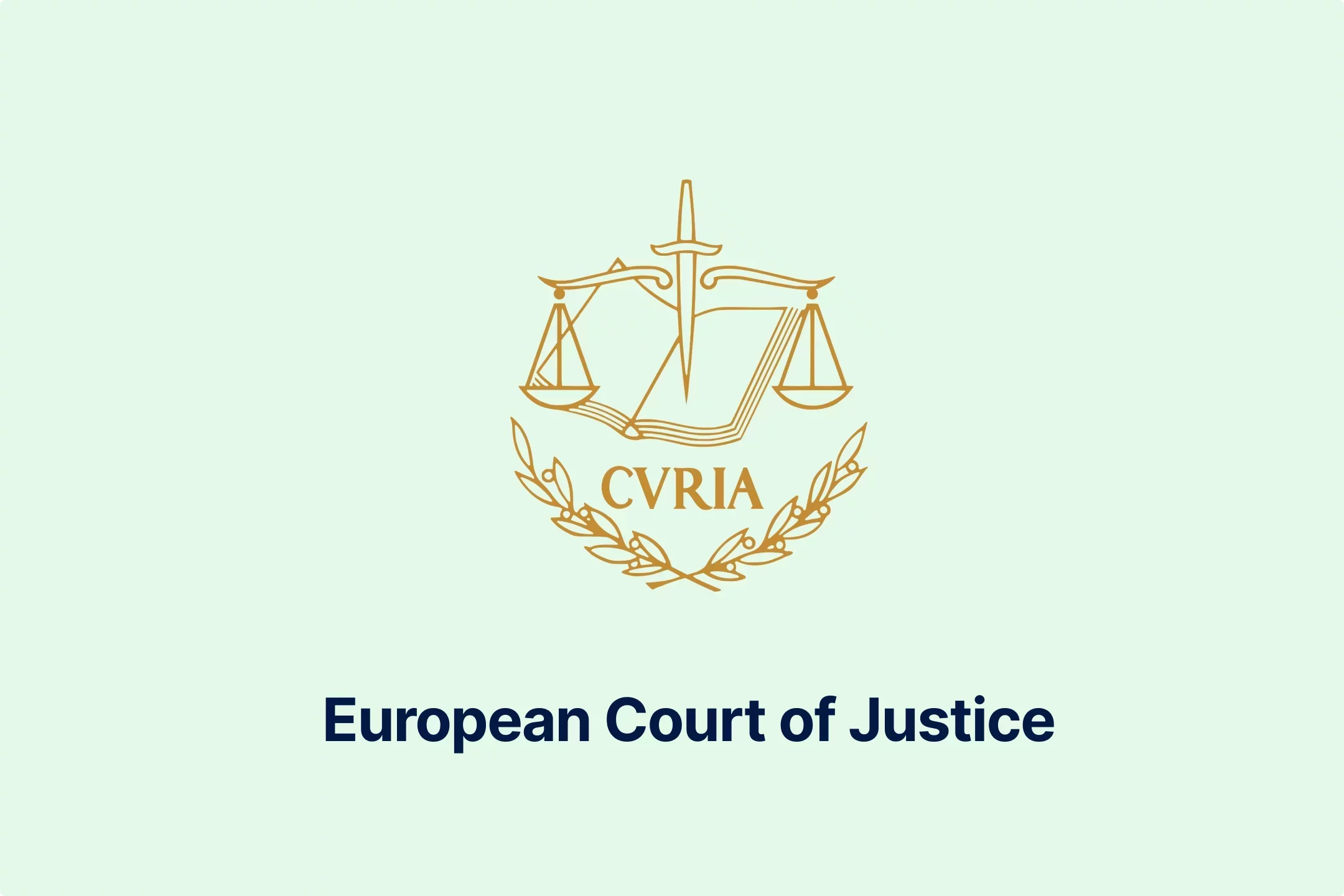
-atbhy5fyxv.webp)
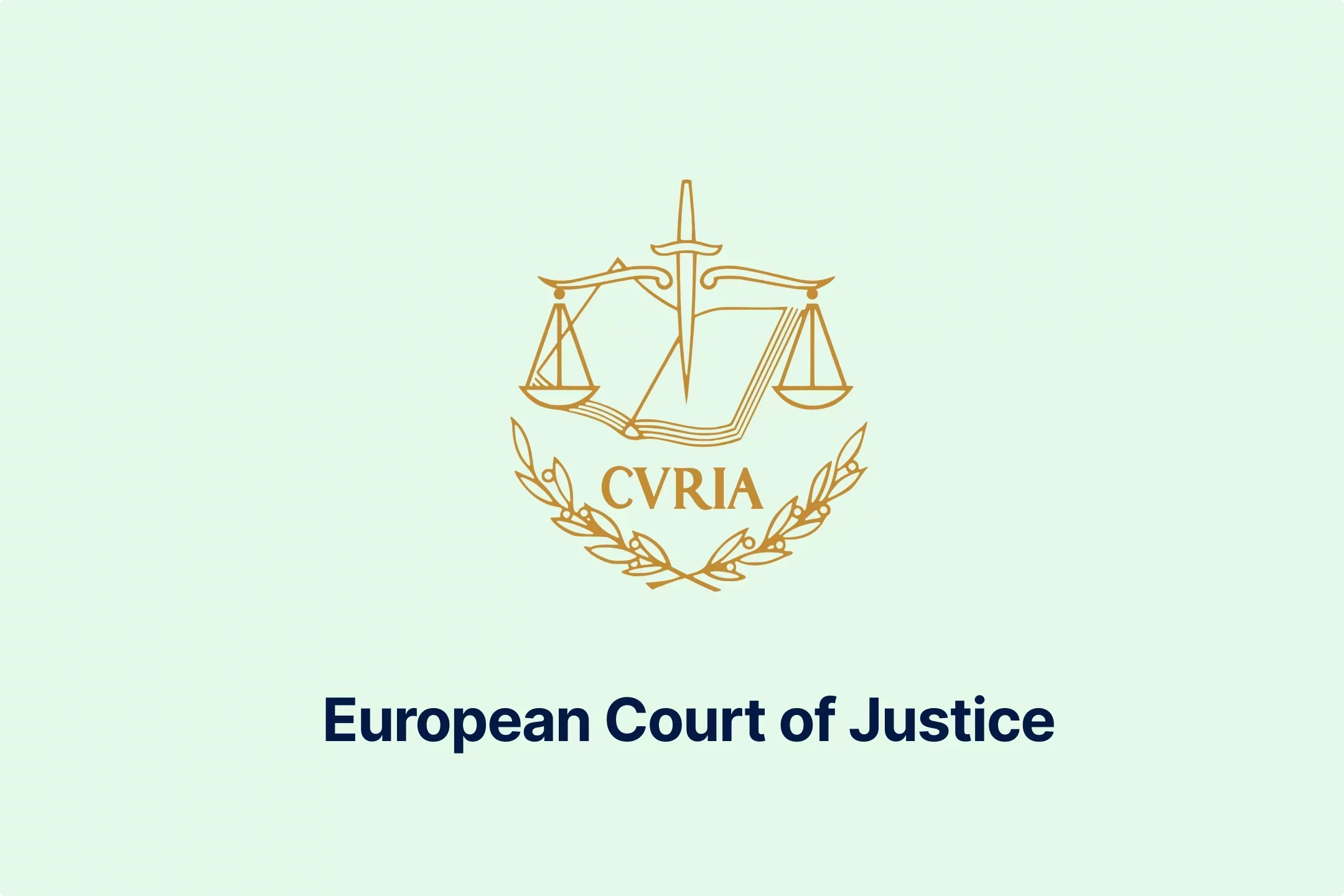
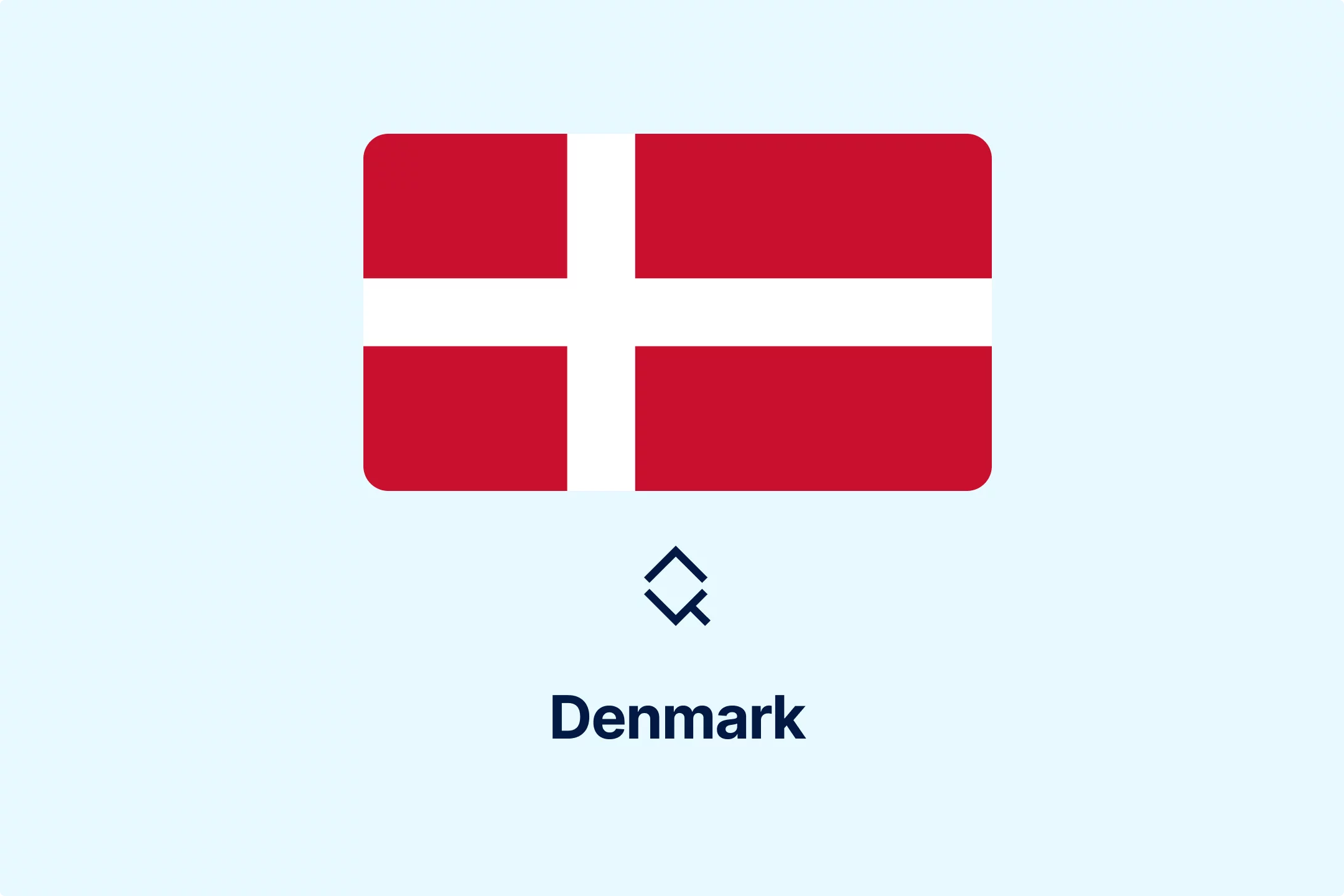


-zp2n6zixoa.webp)
-oa1ynbm4sn.webp)

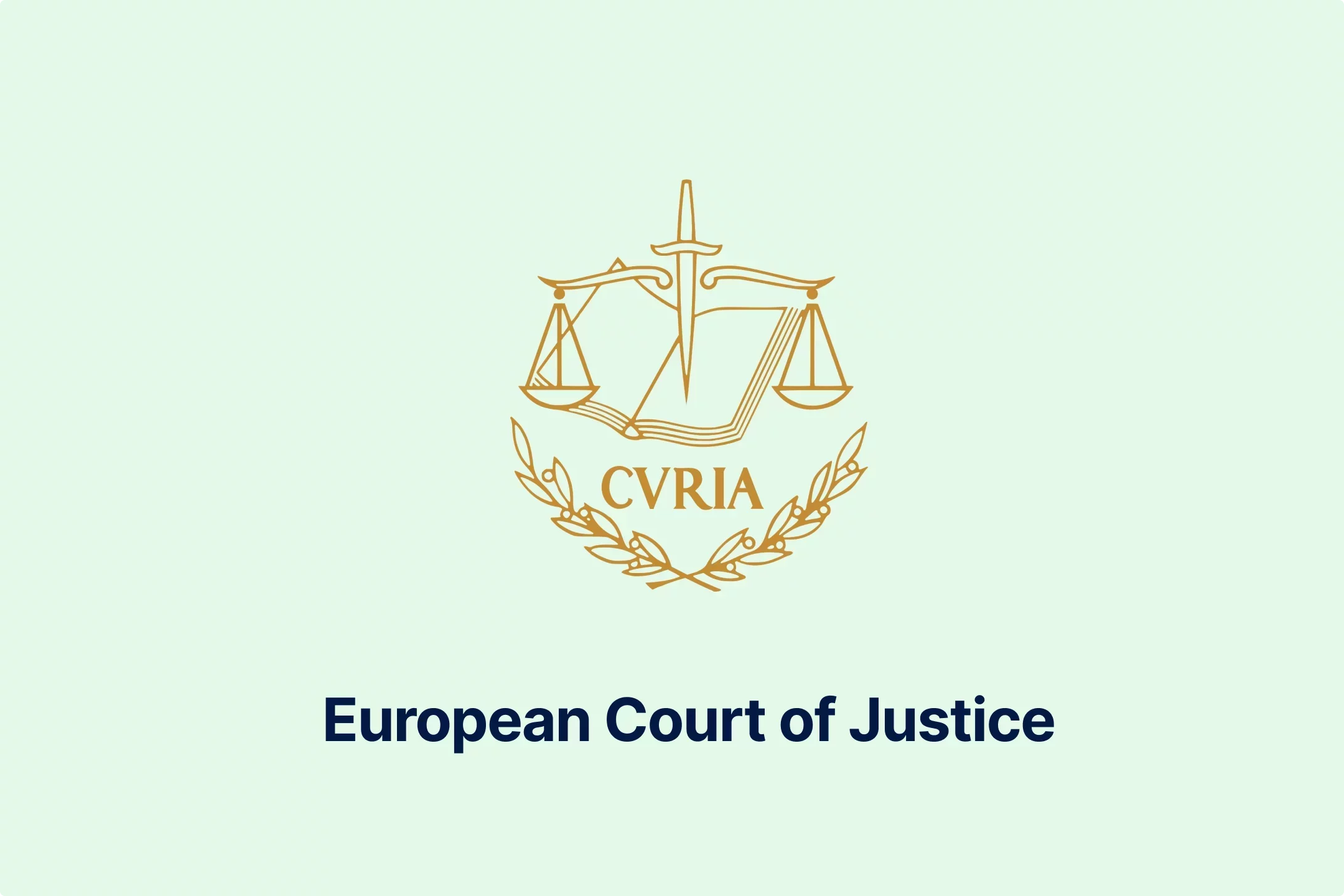
-lltkno6txy.webp)


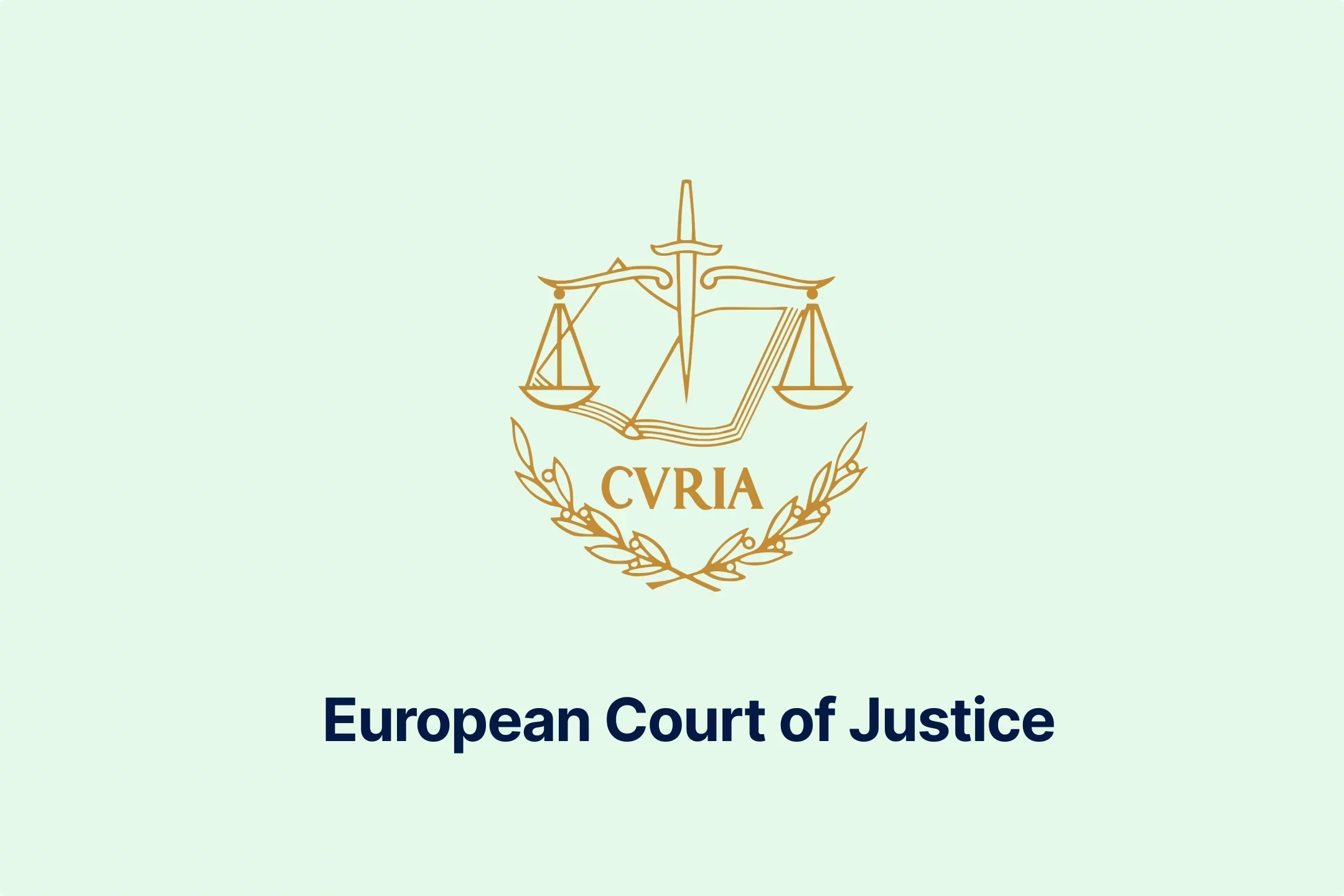
-do38odrqnq.webp)
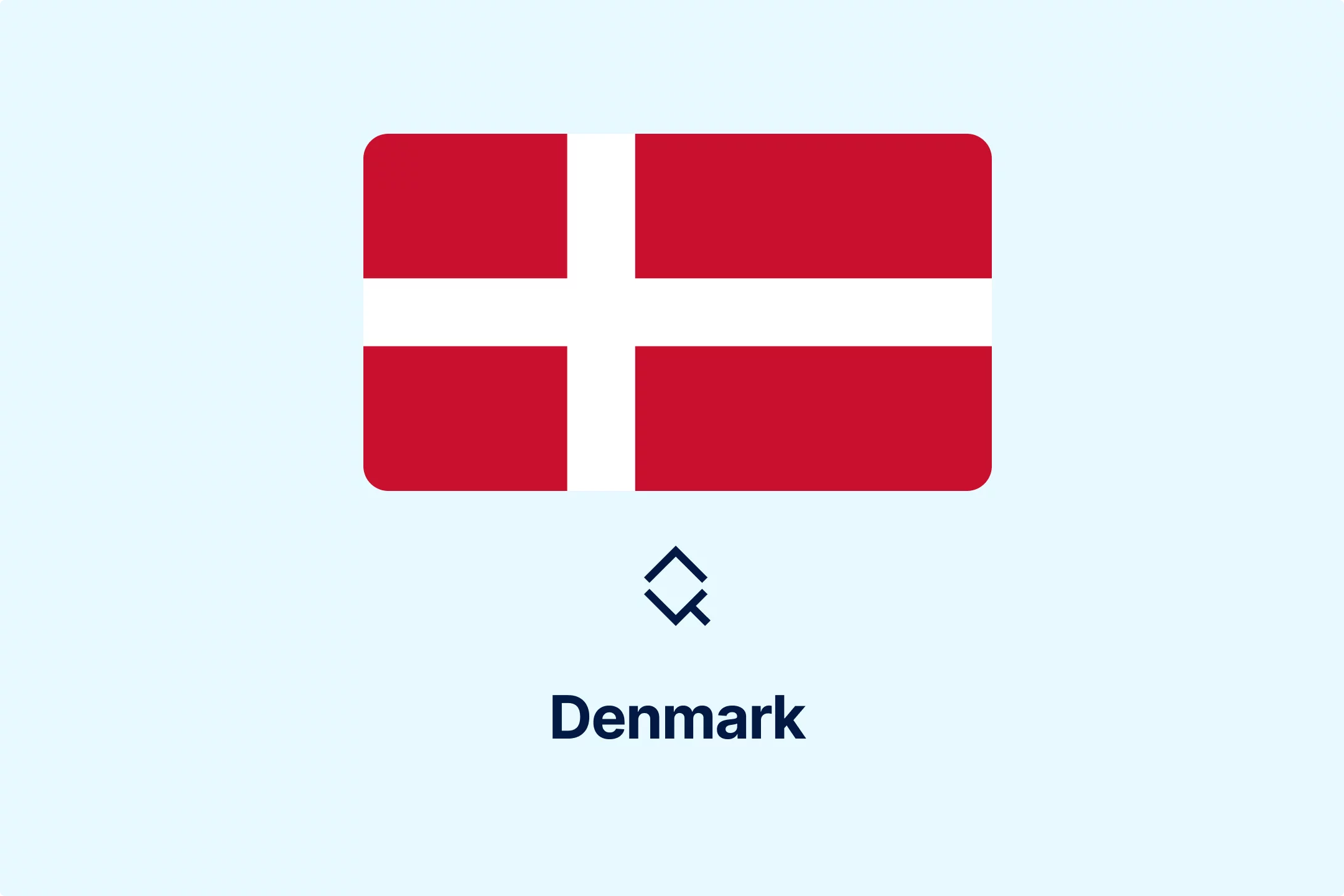
-t409oldqzt.webp)
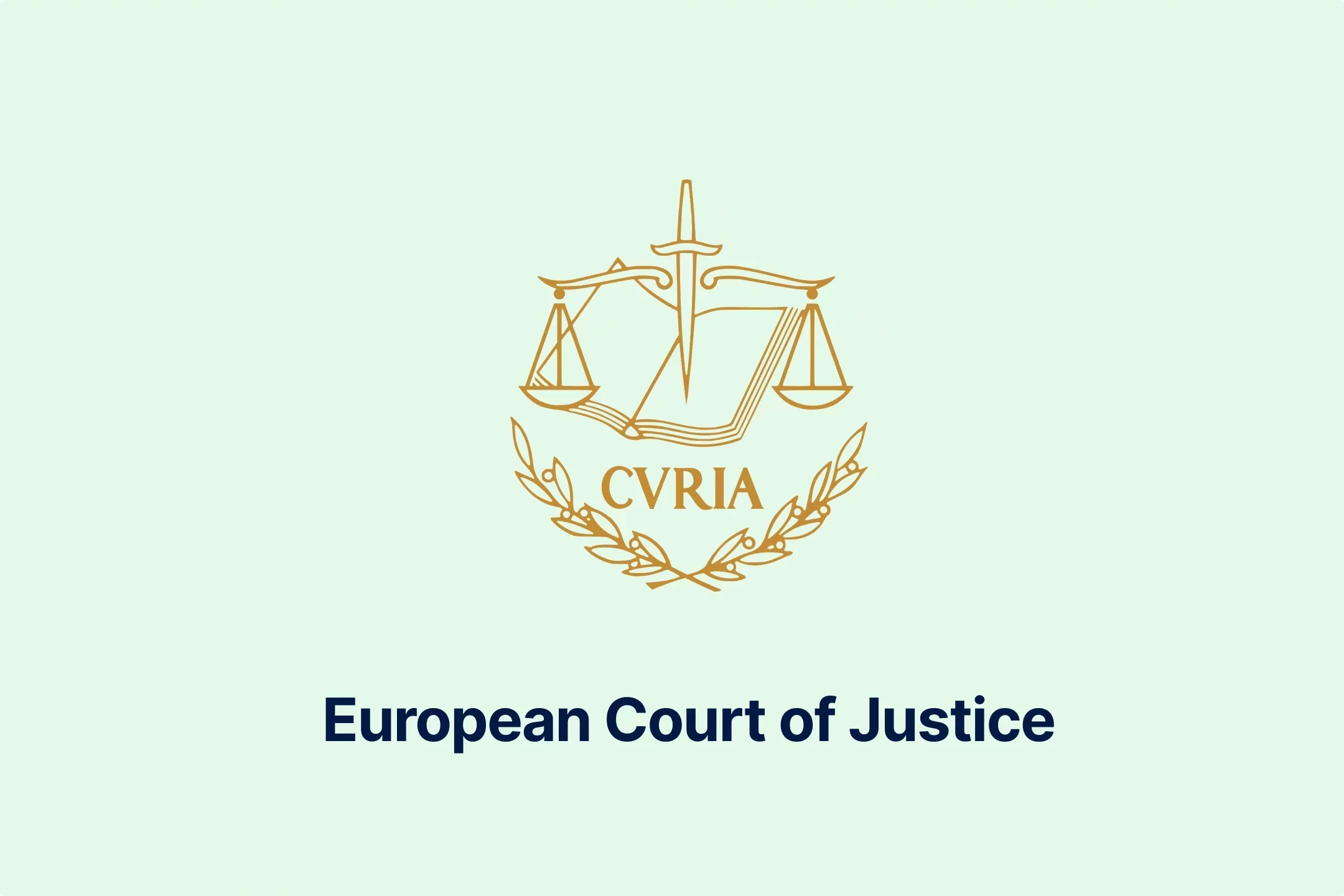
-hordopb6xh.webp)
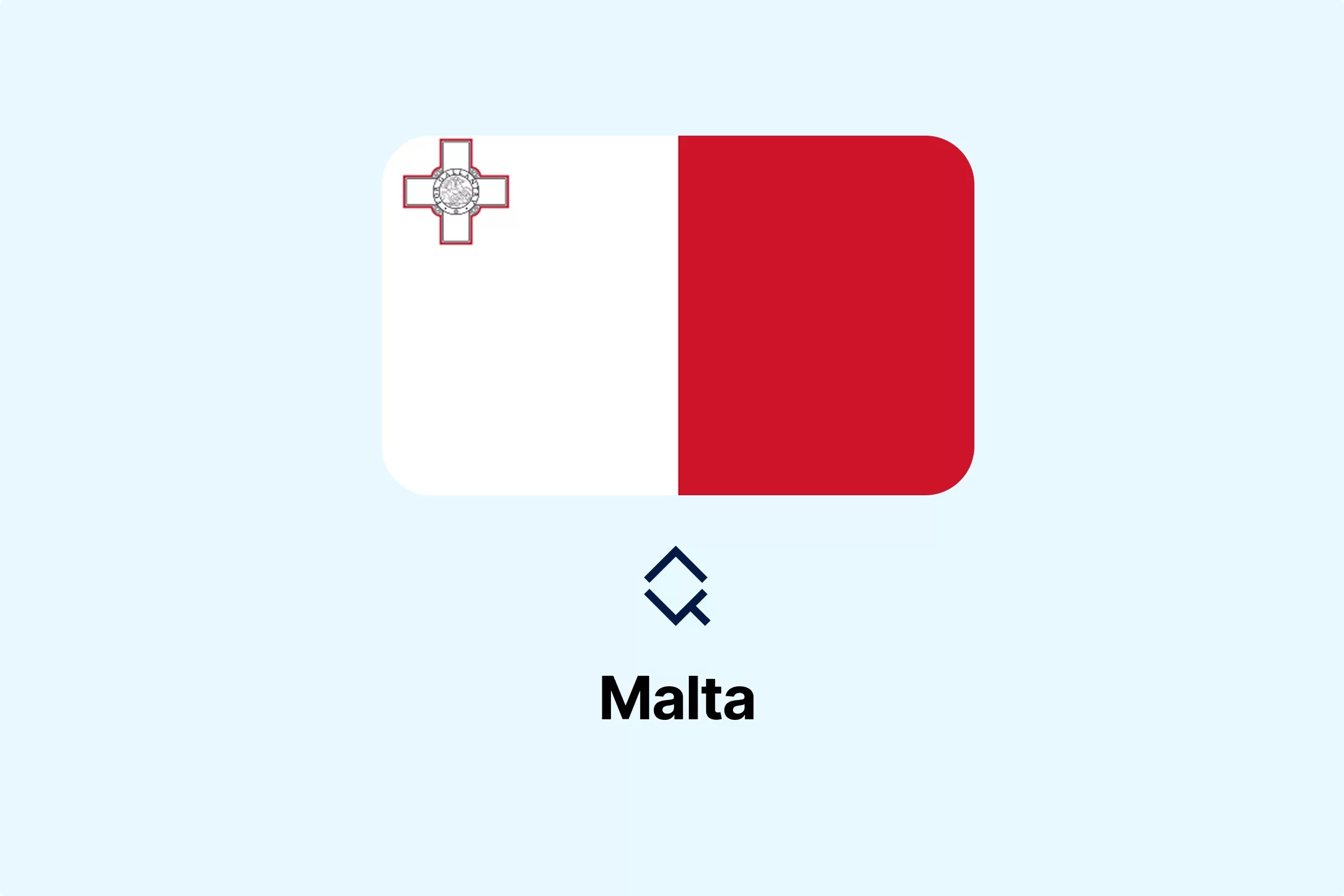
-ooimnrbete.webp)
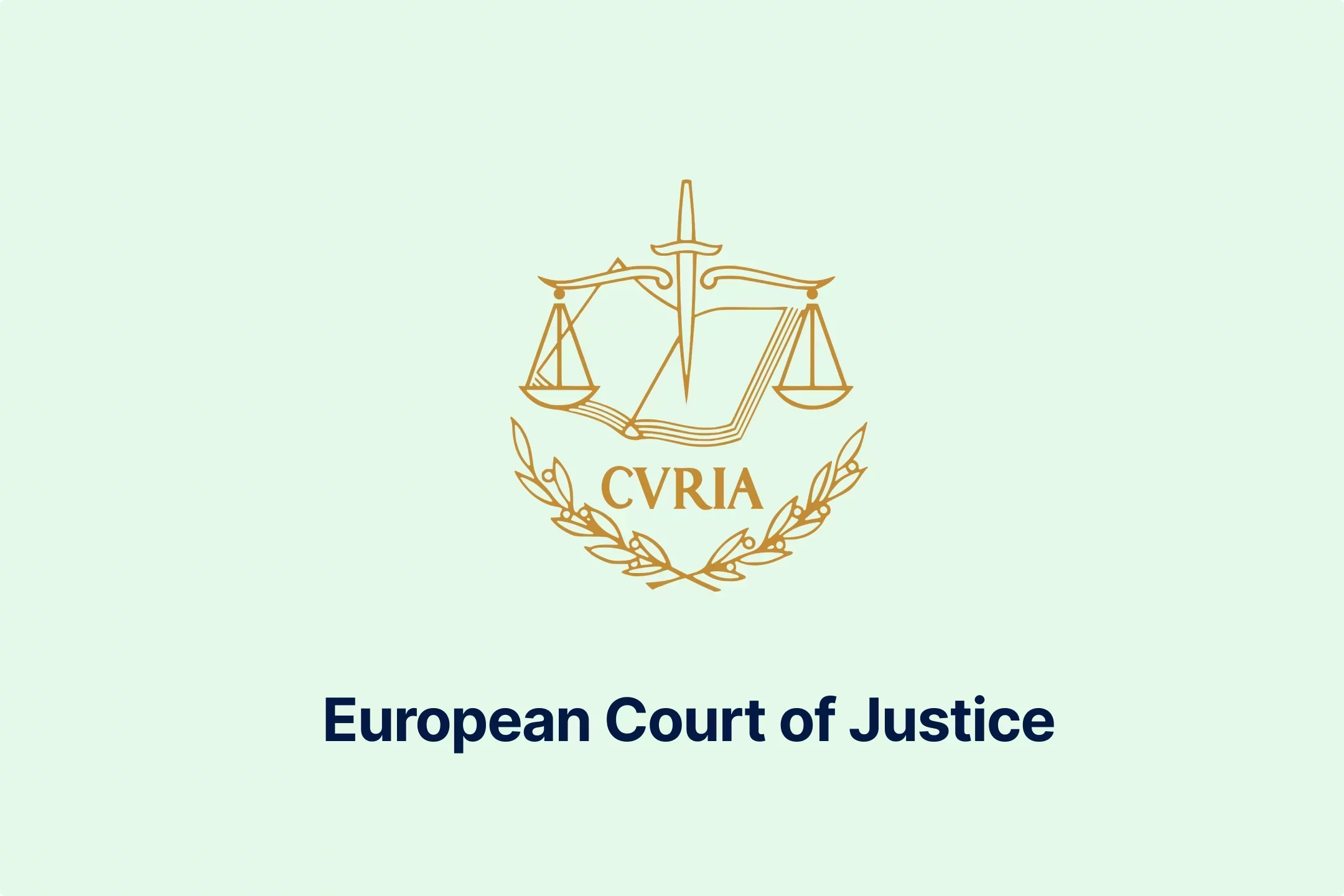
-lwb5qpsily.webp)
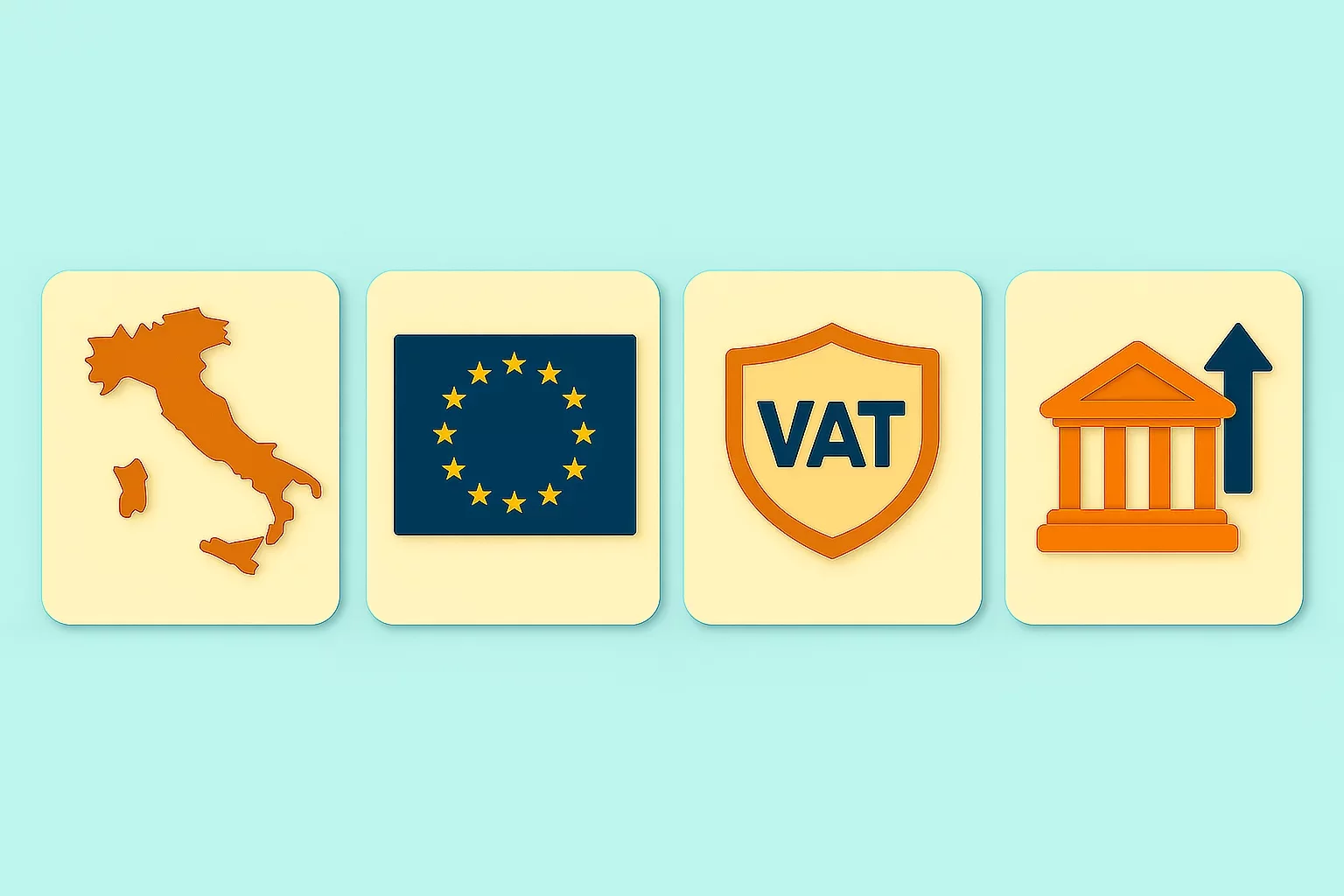

-eumafizrhm.webp)
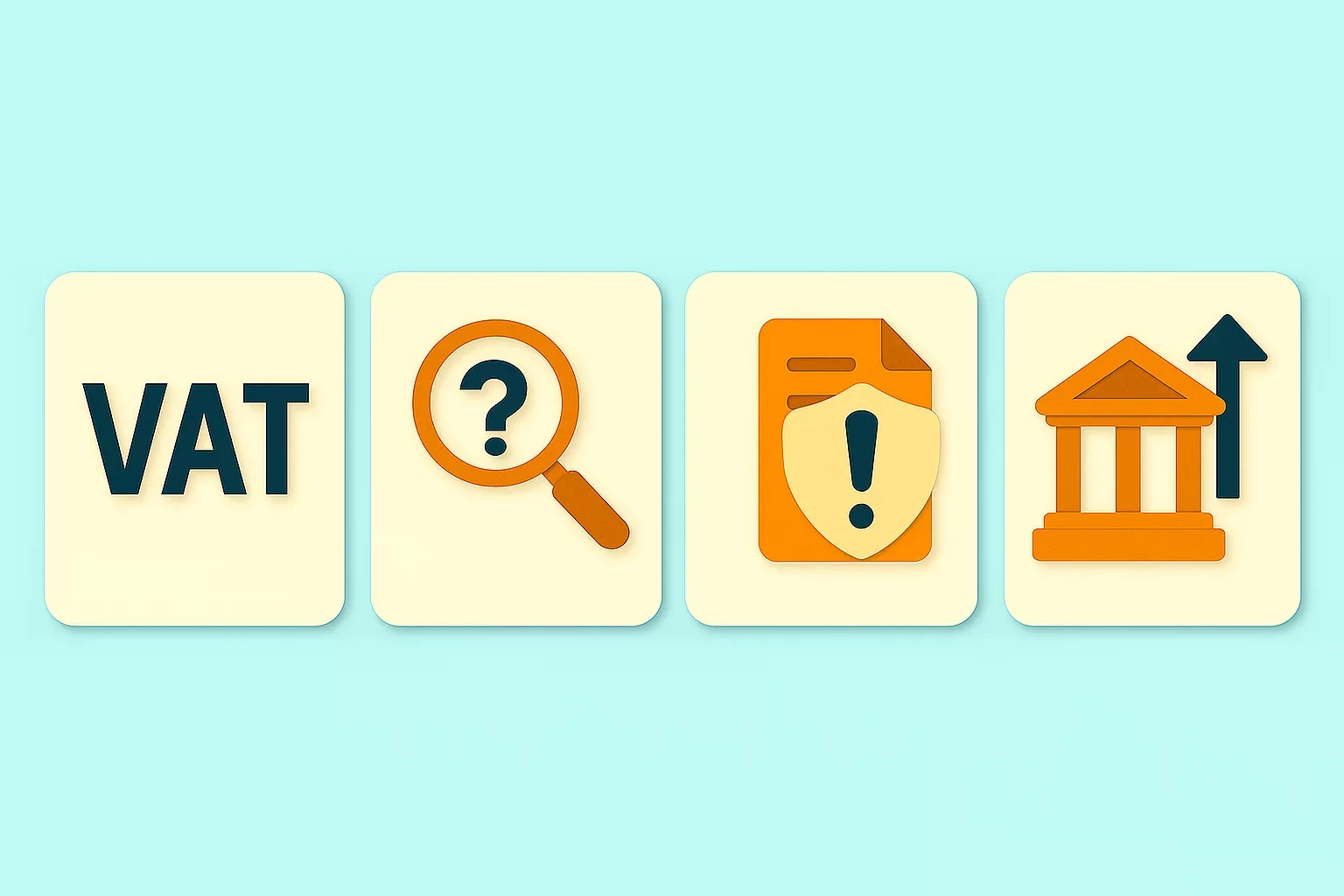
-mtqp3va9gb.webp)
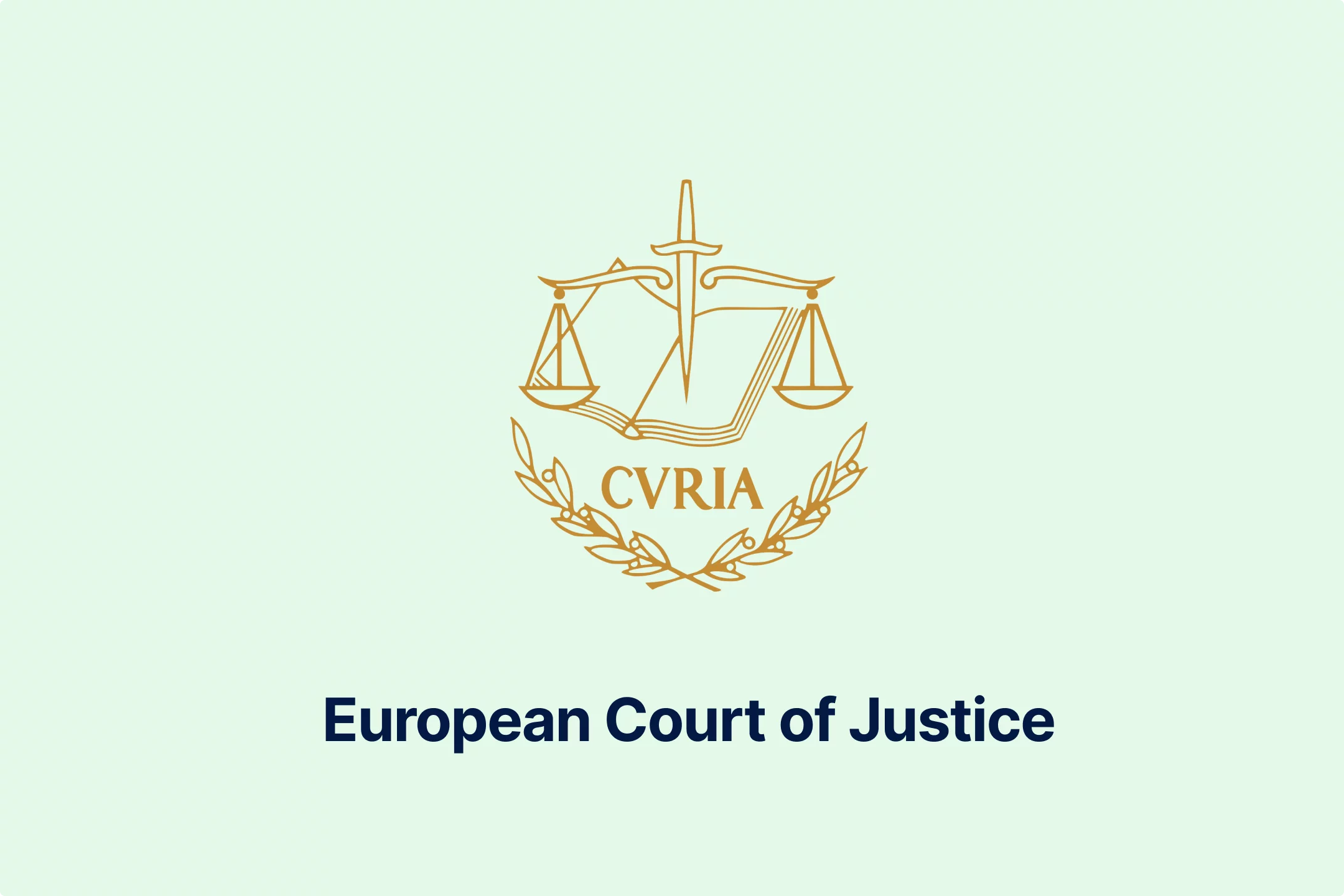
-3ewrn1yvfa.webp)
-591j35flz2.webp)
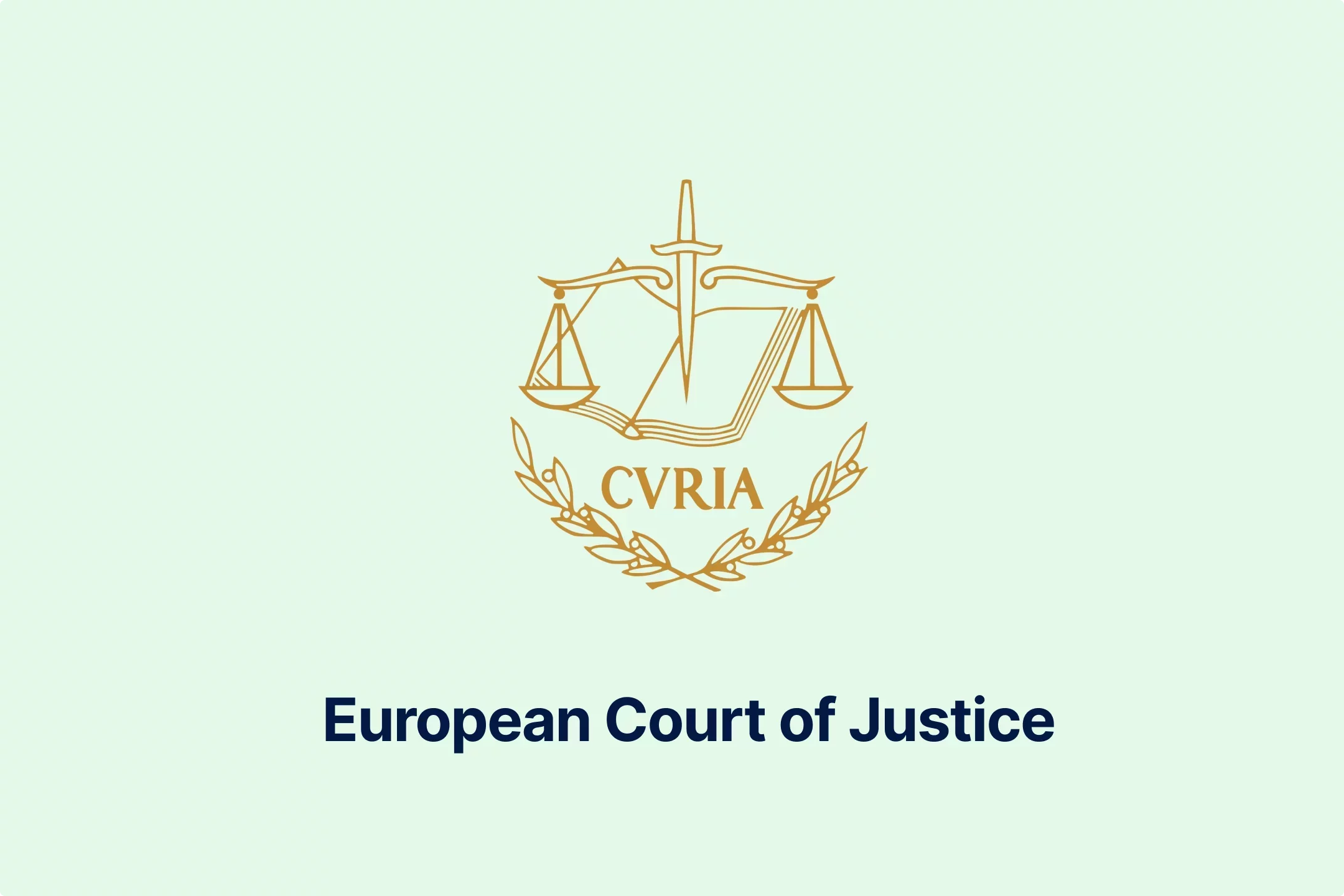
-huj3cam1de.webp)

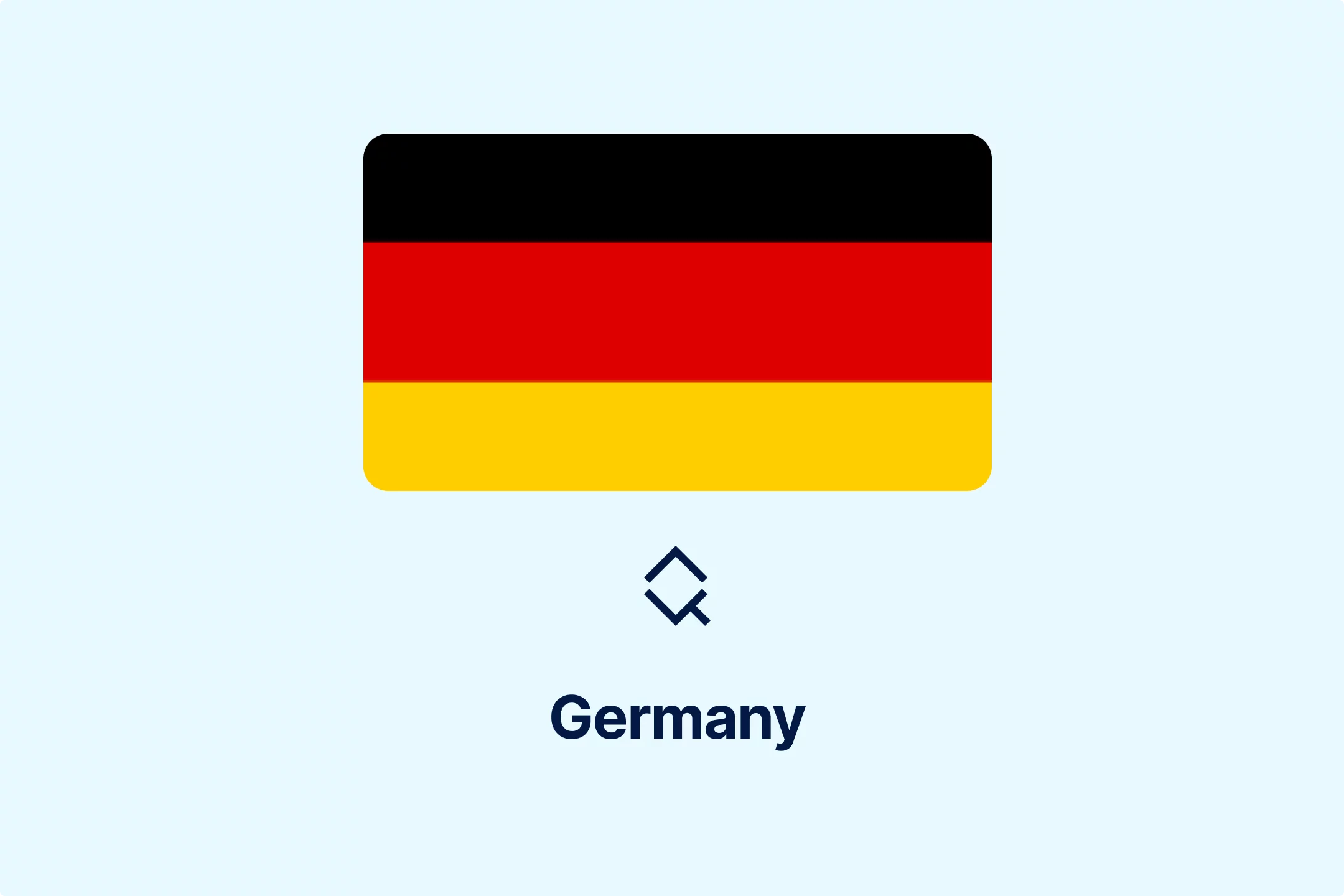
-hafis0ii23.webp)
-qseaw5zmcy.webp)
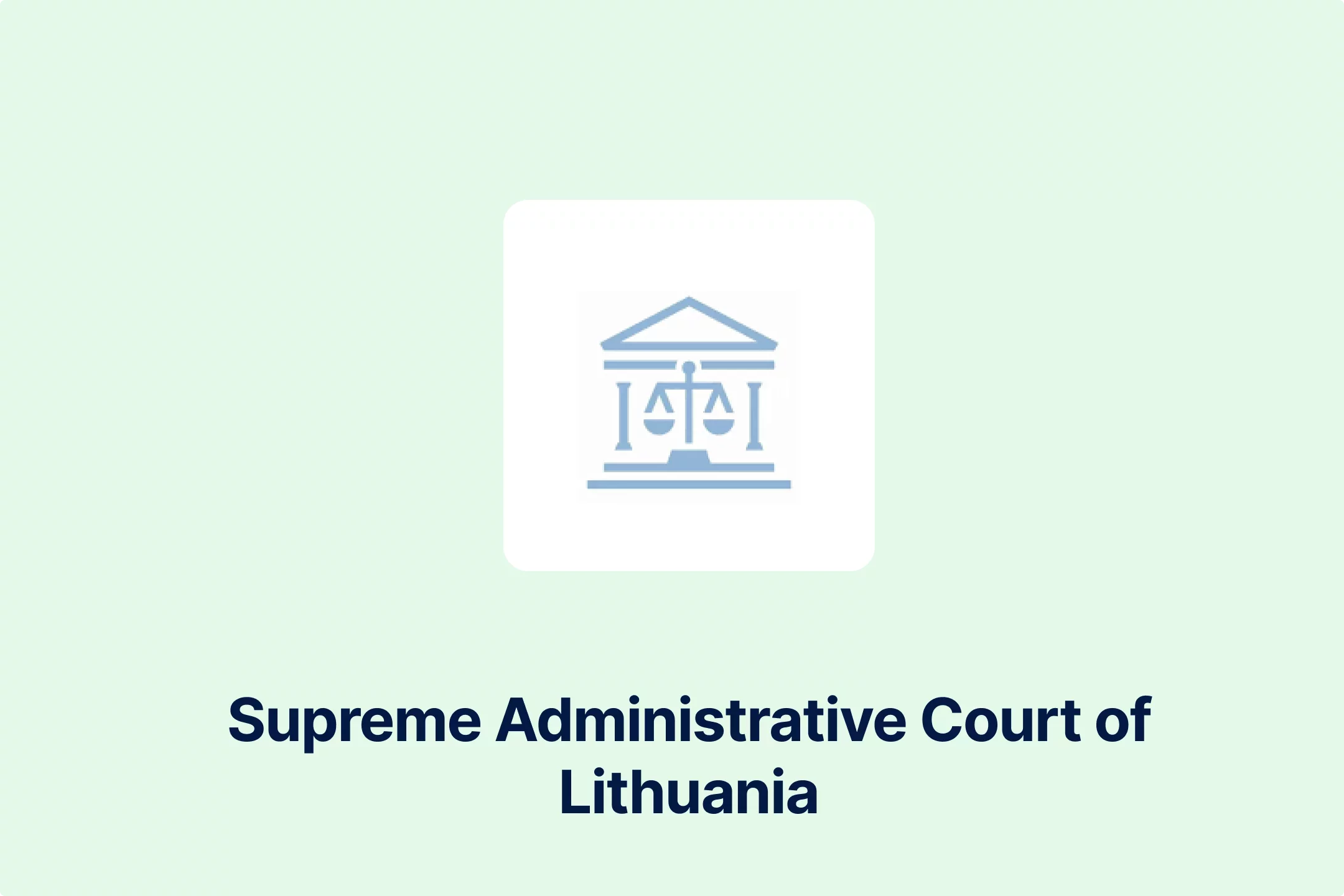
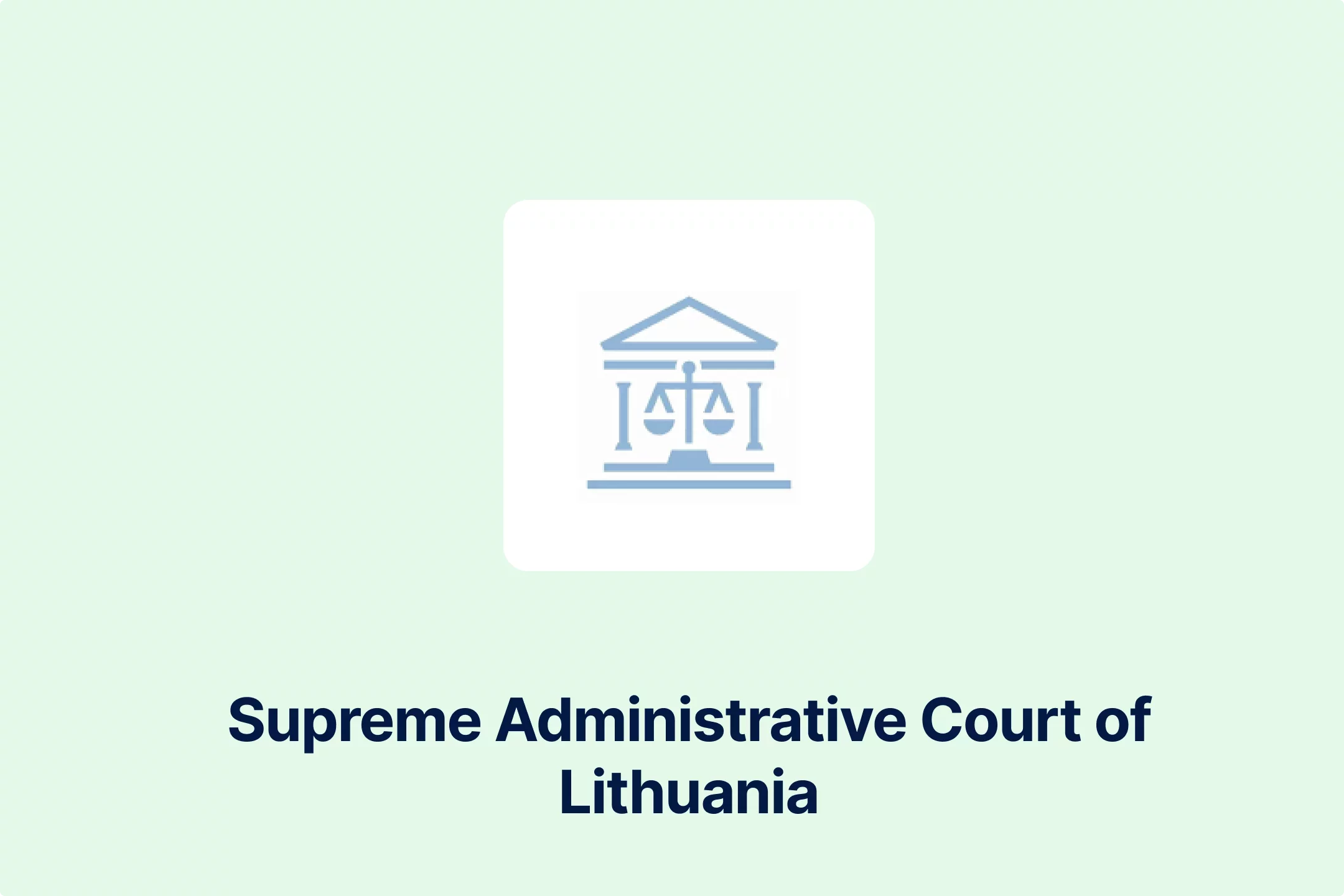

-qzsah2ifqx.webp)
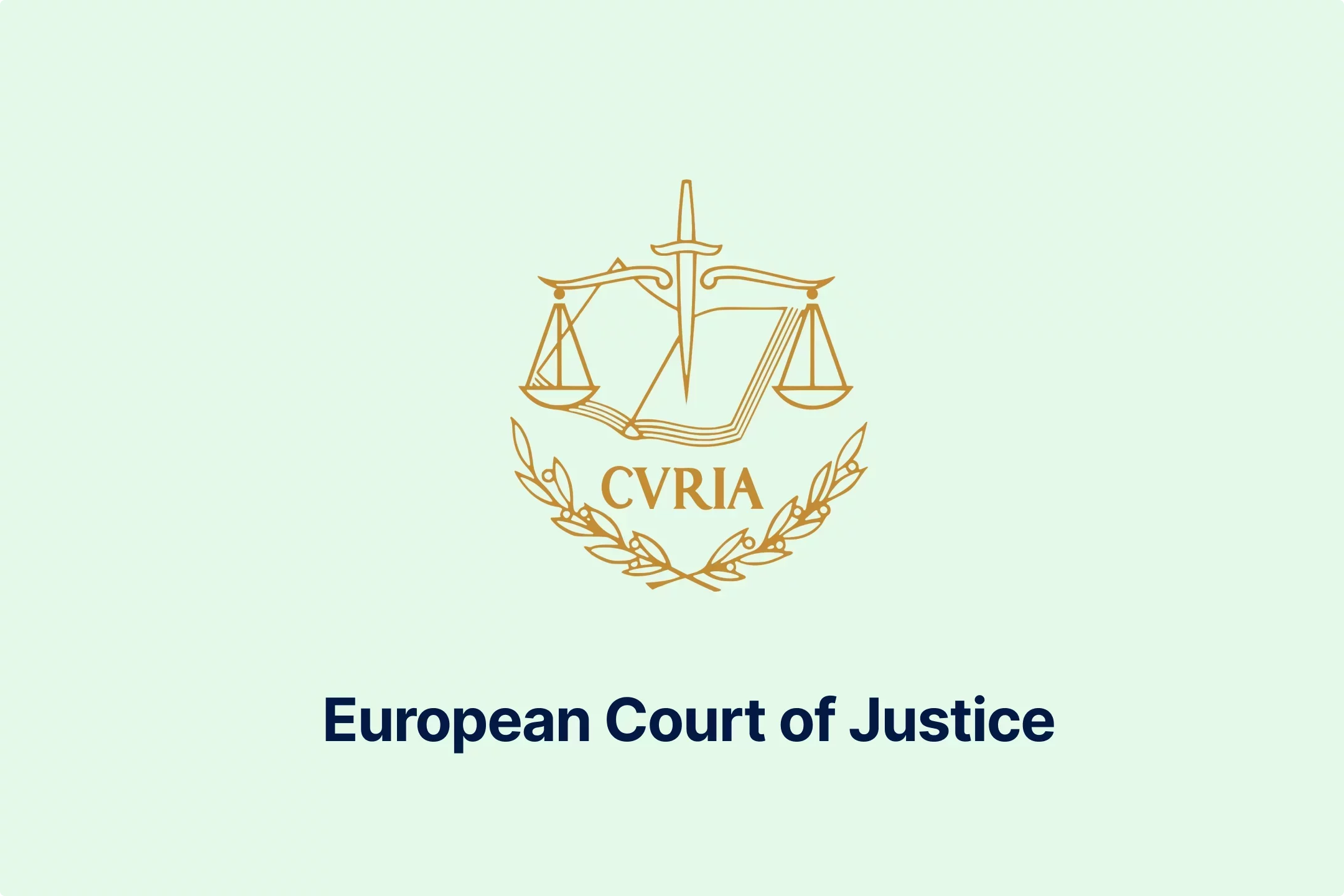
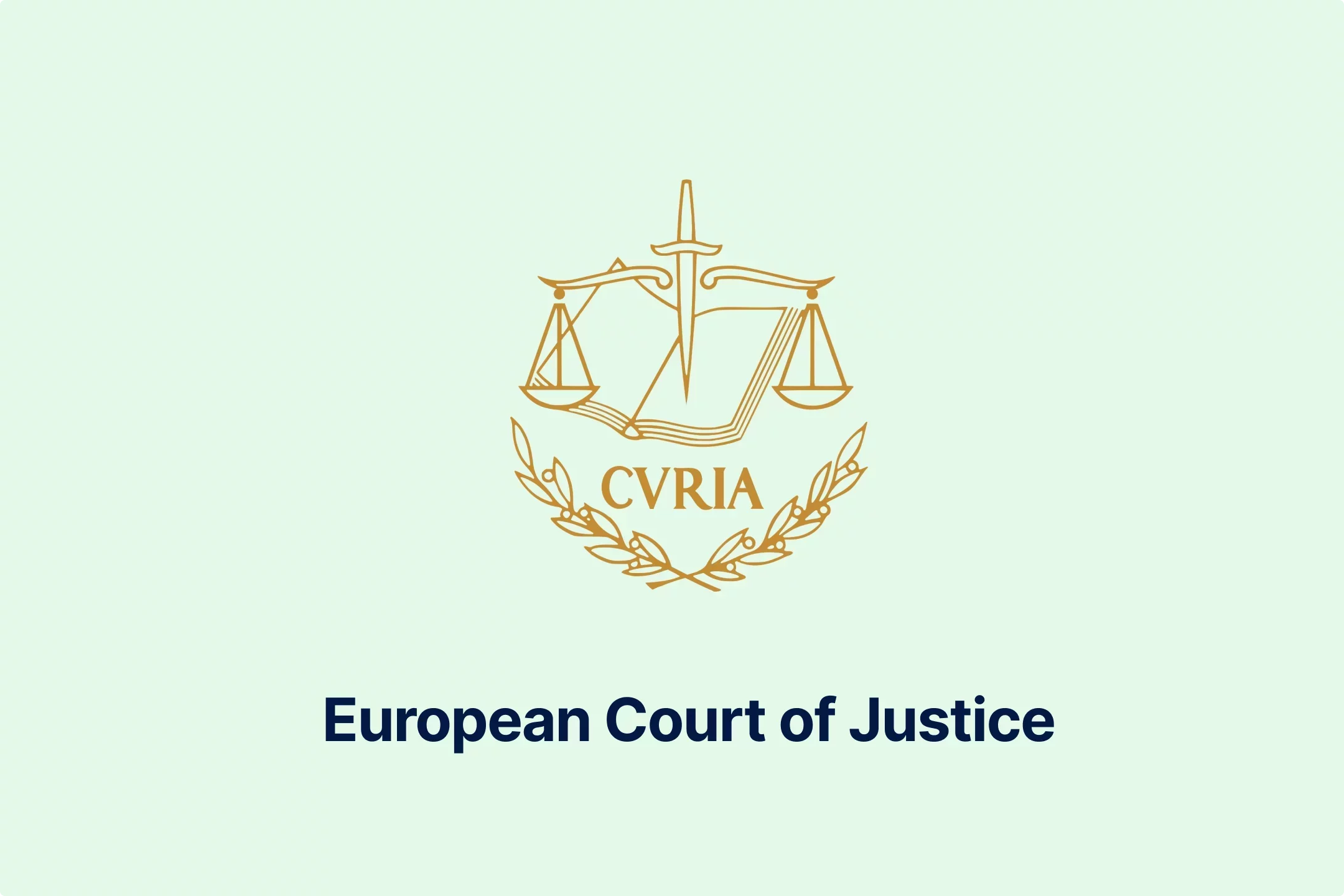
-69rzooghib.webp)
-wrvng98m0g.webp)
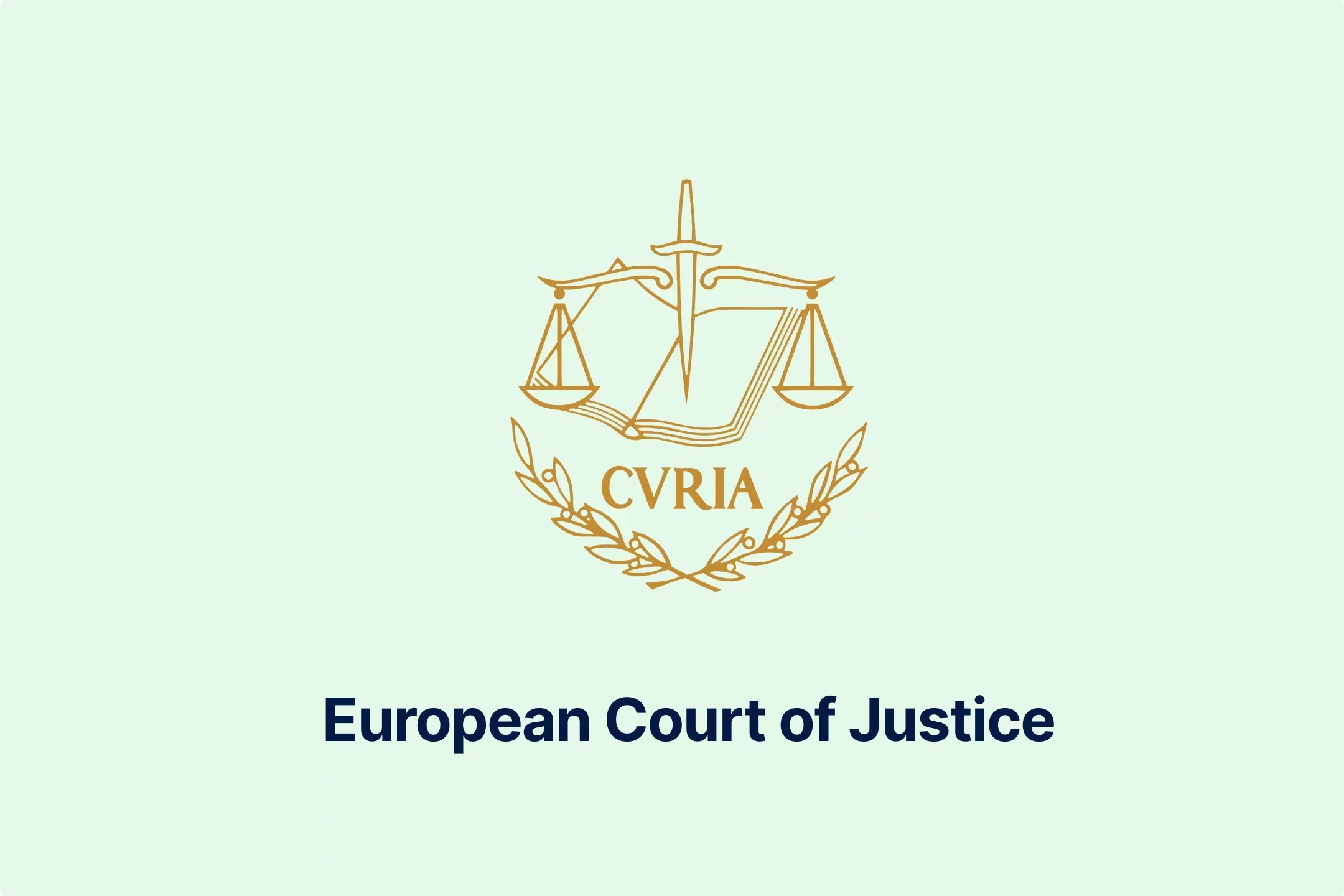
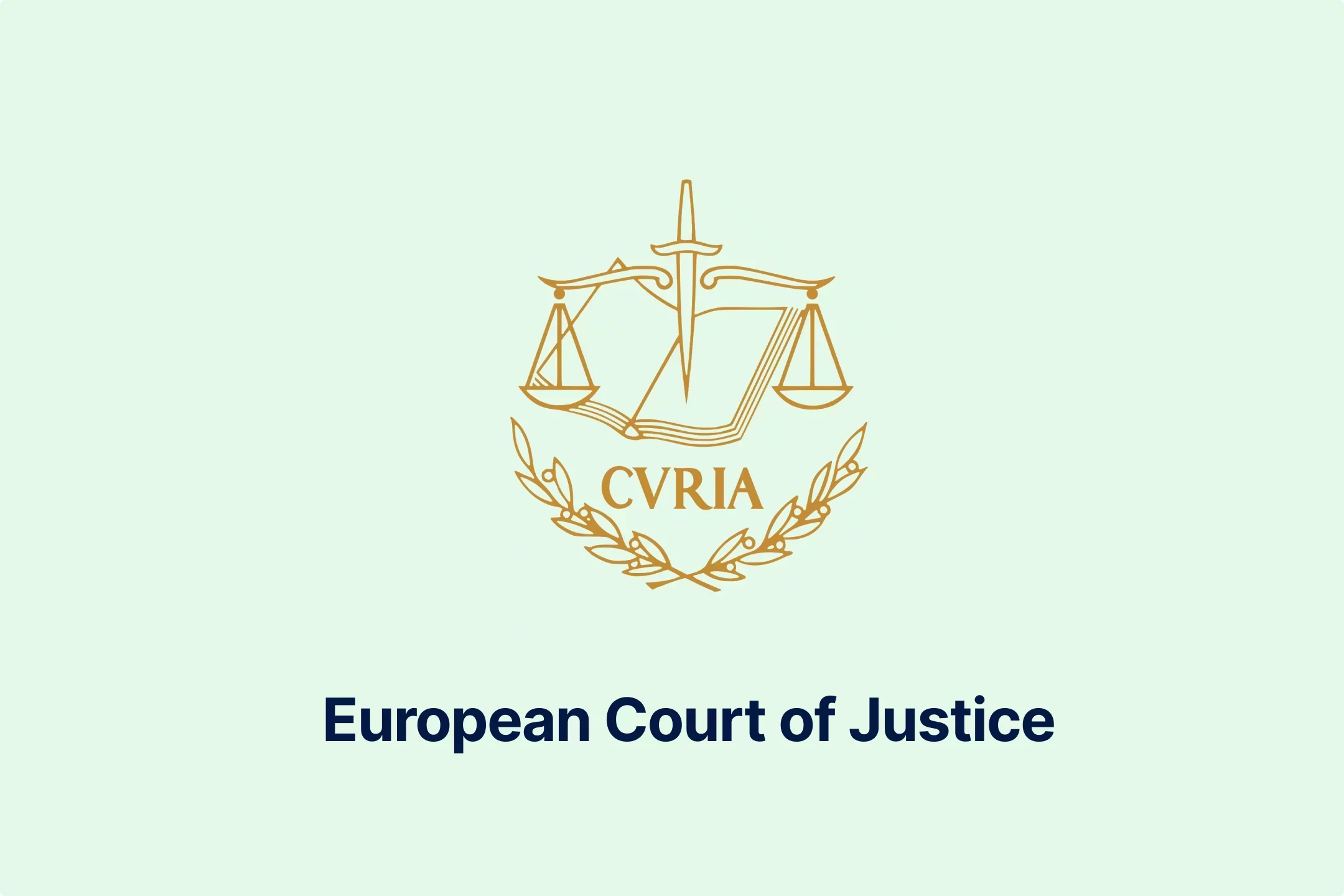
-psucycuxh2.webp)
-klyo8bn5lc.webp)
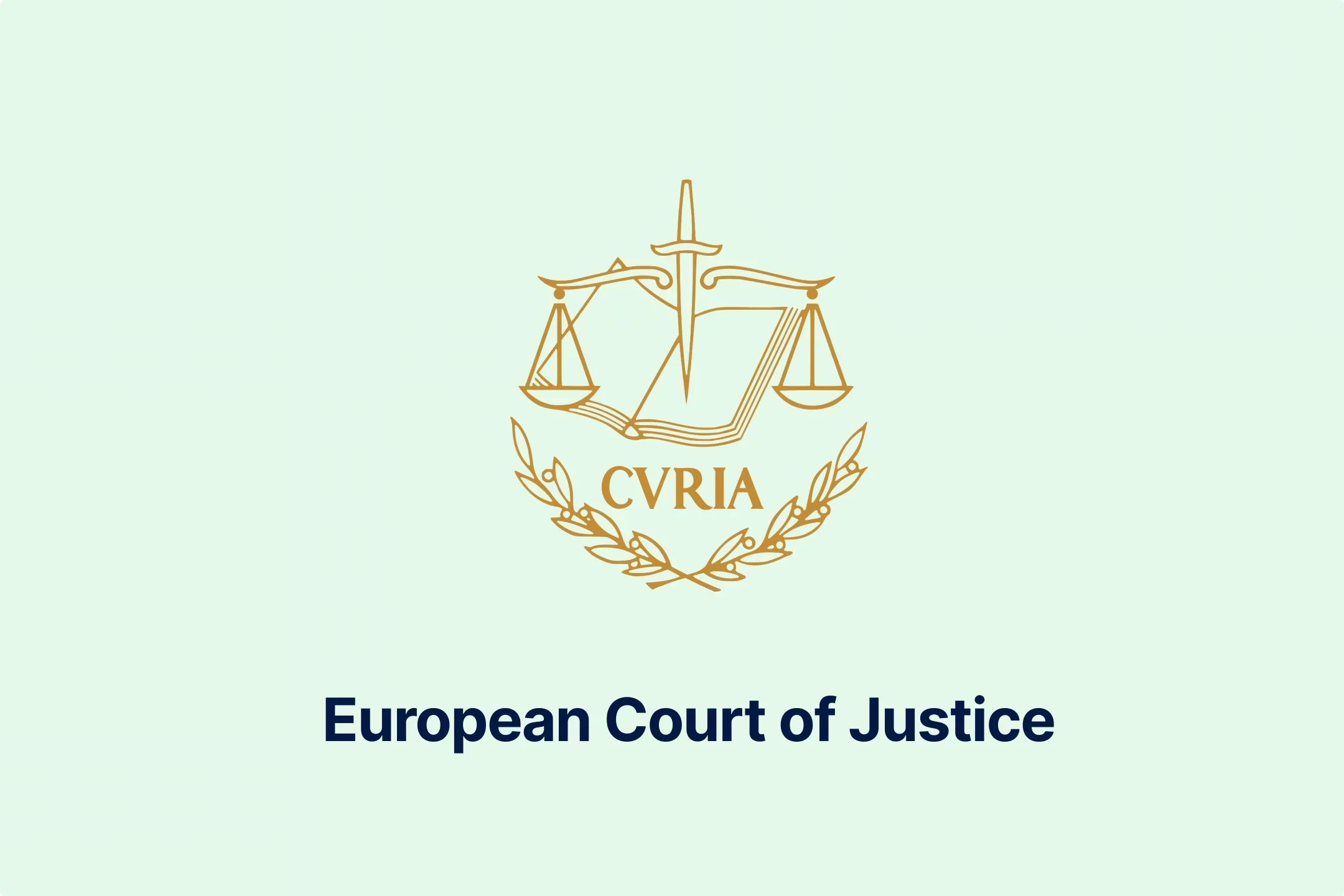
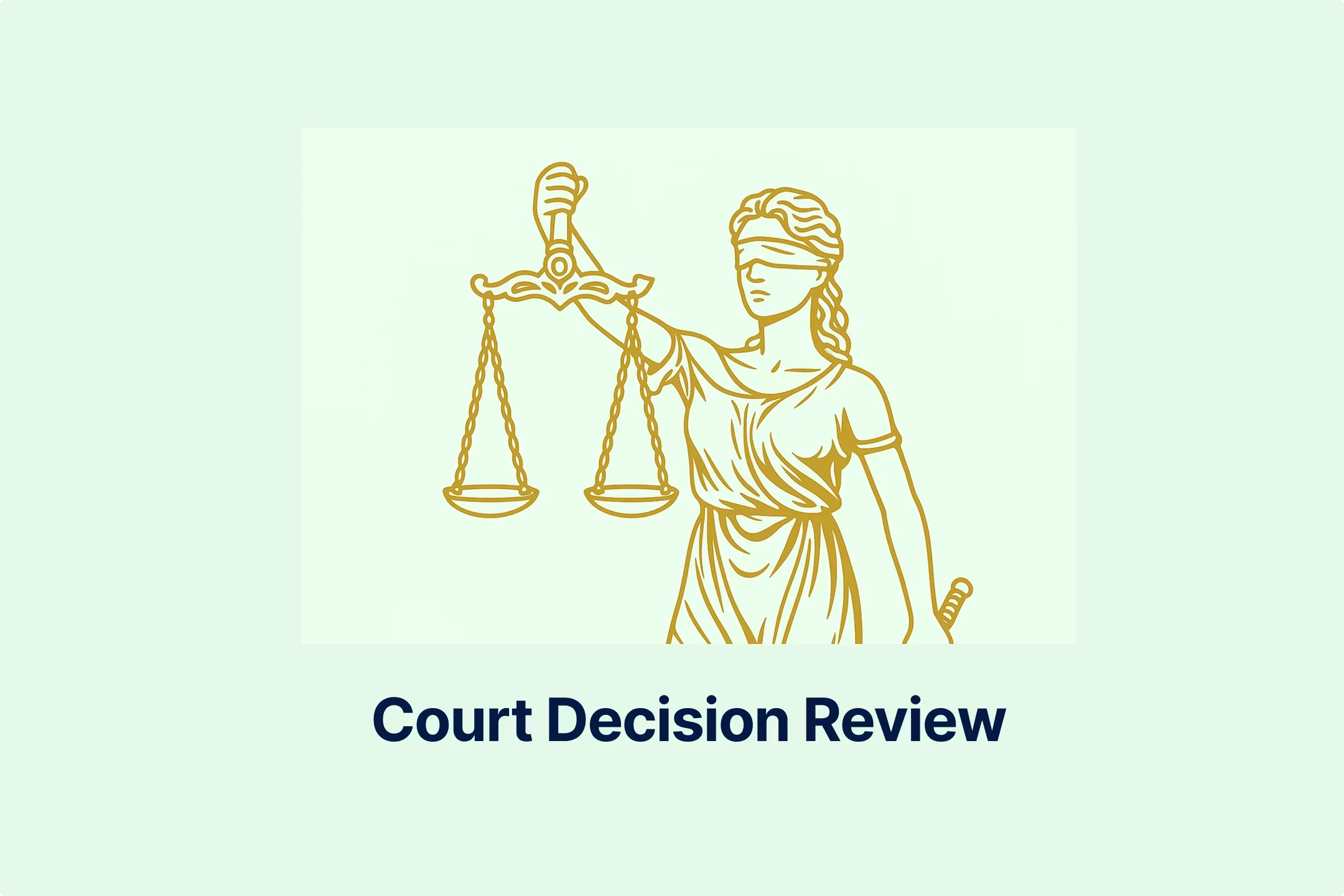
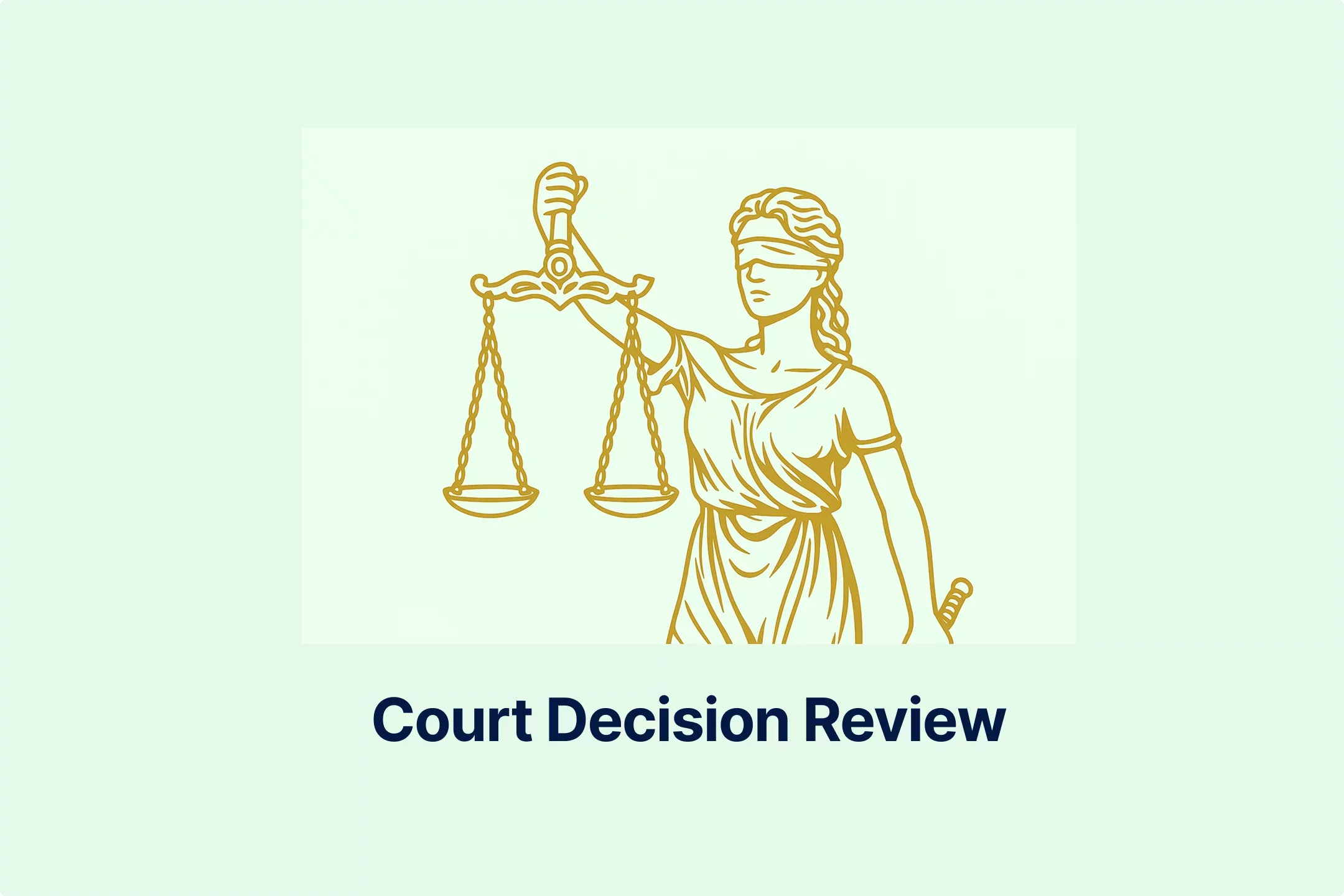
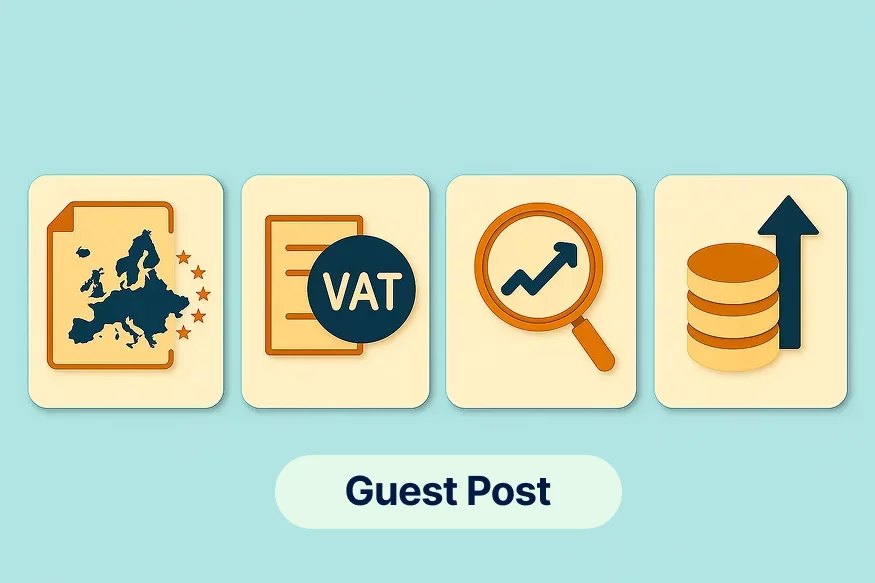
-6wv5h5eyyd.webp)
-tfgg78rbid.webp)
-a6jpv9ny8v.webp)
-qhdbapy0qr.webp)
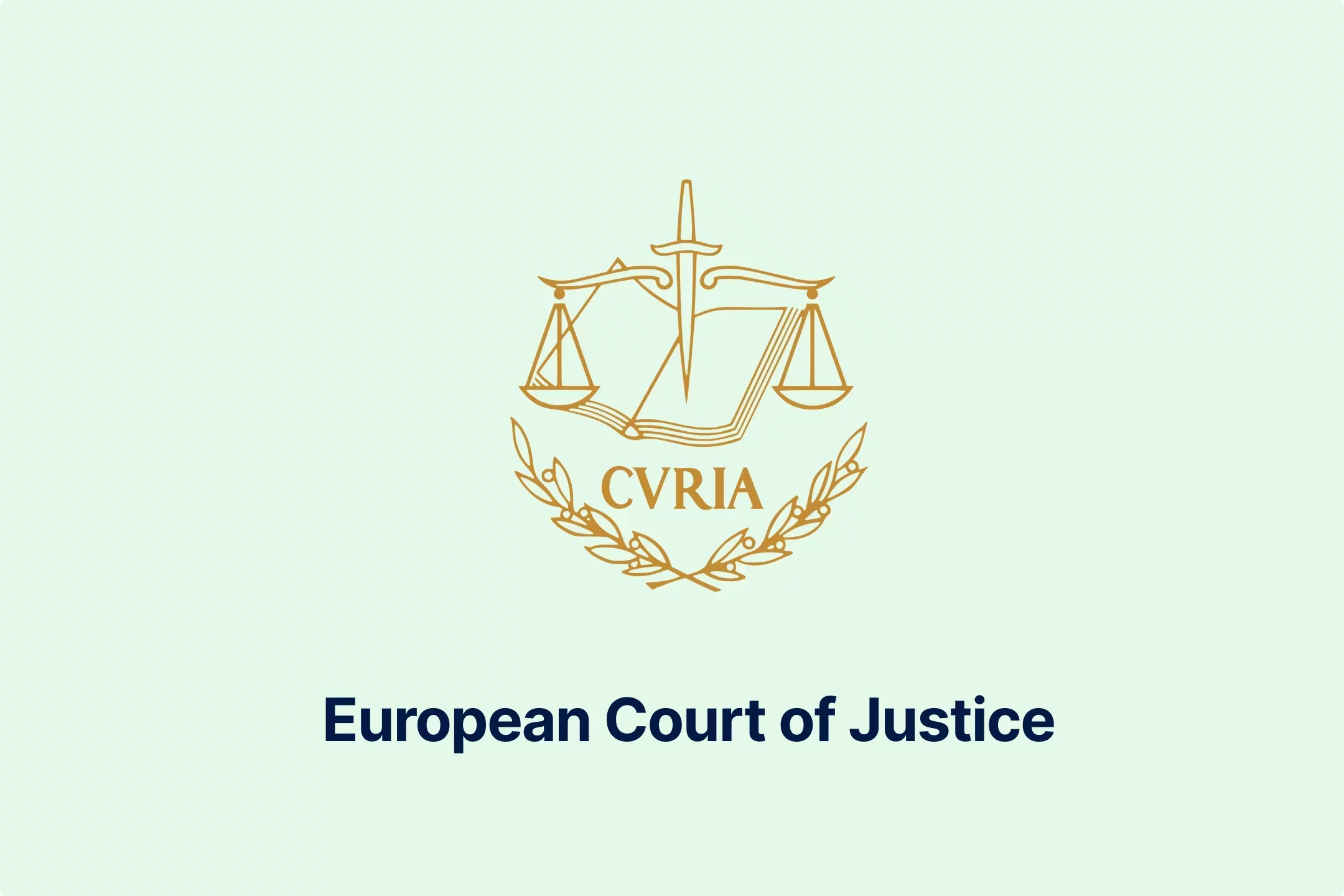
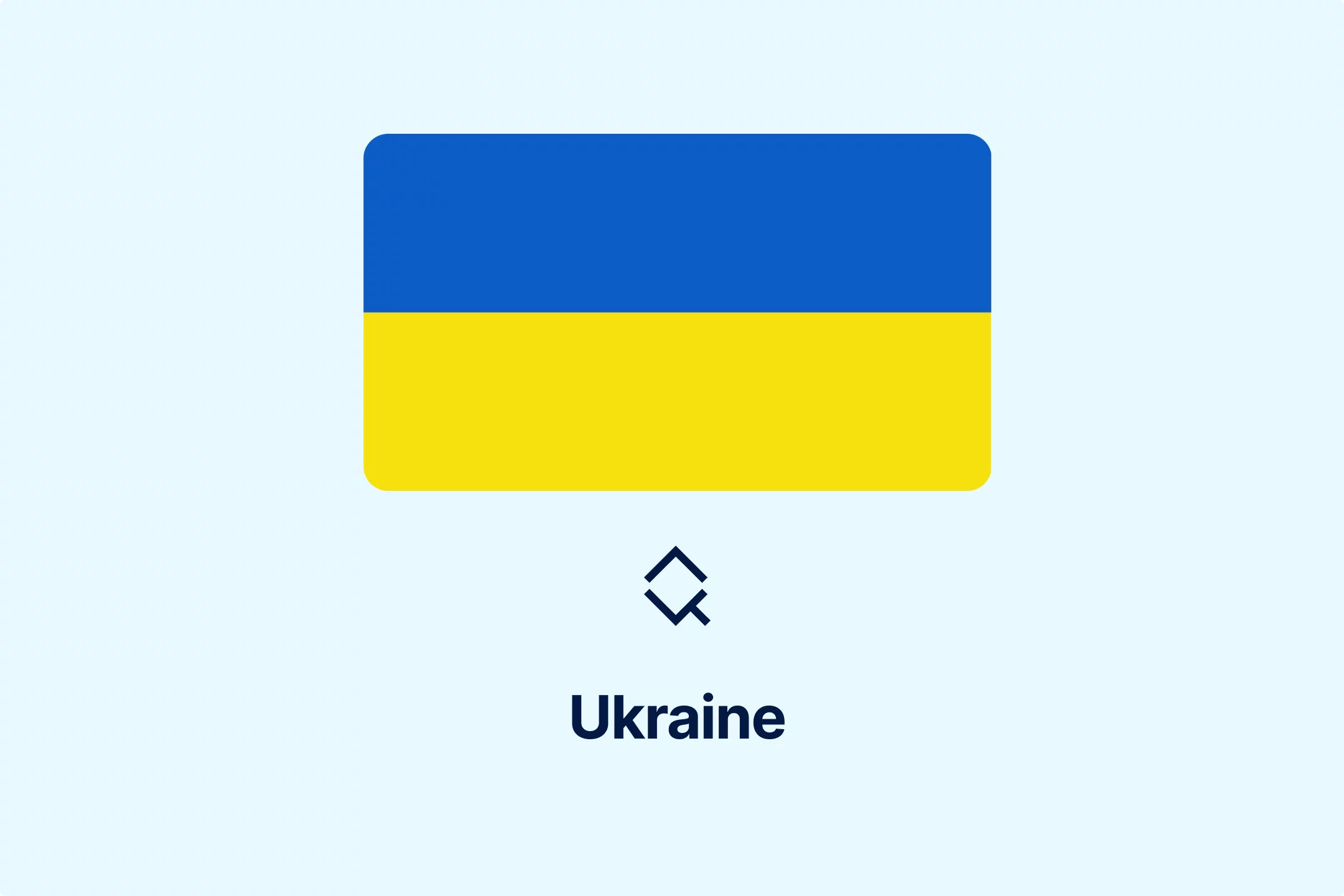
-owvu7zoc13.webp)
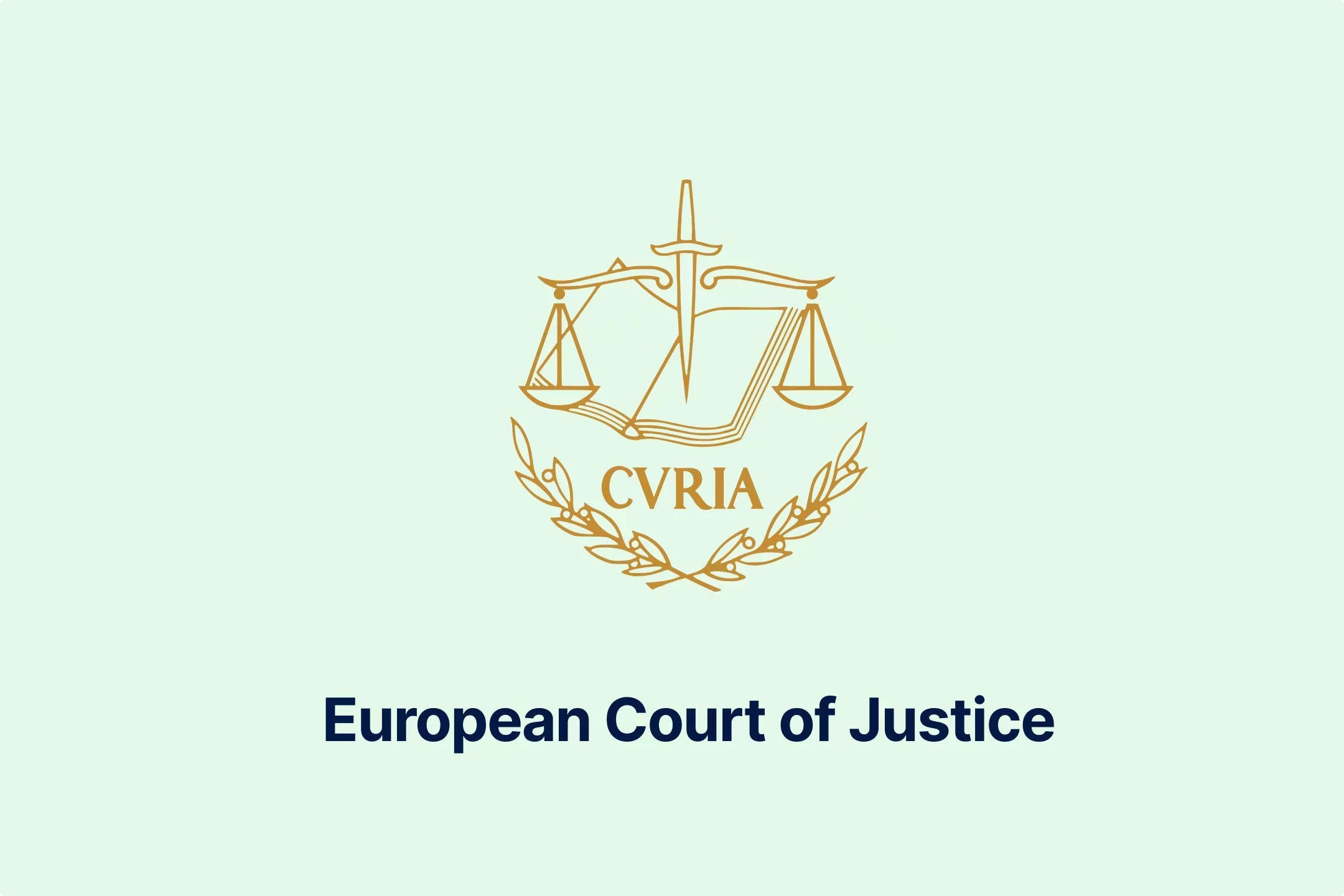

-h28jrh1ukm.webp)
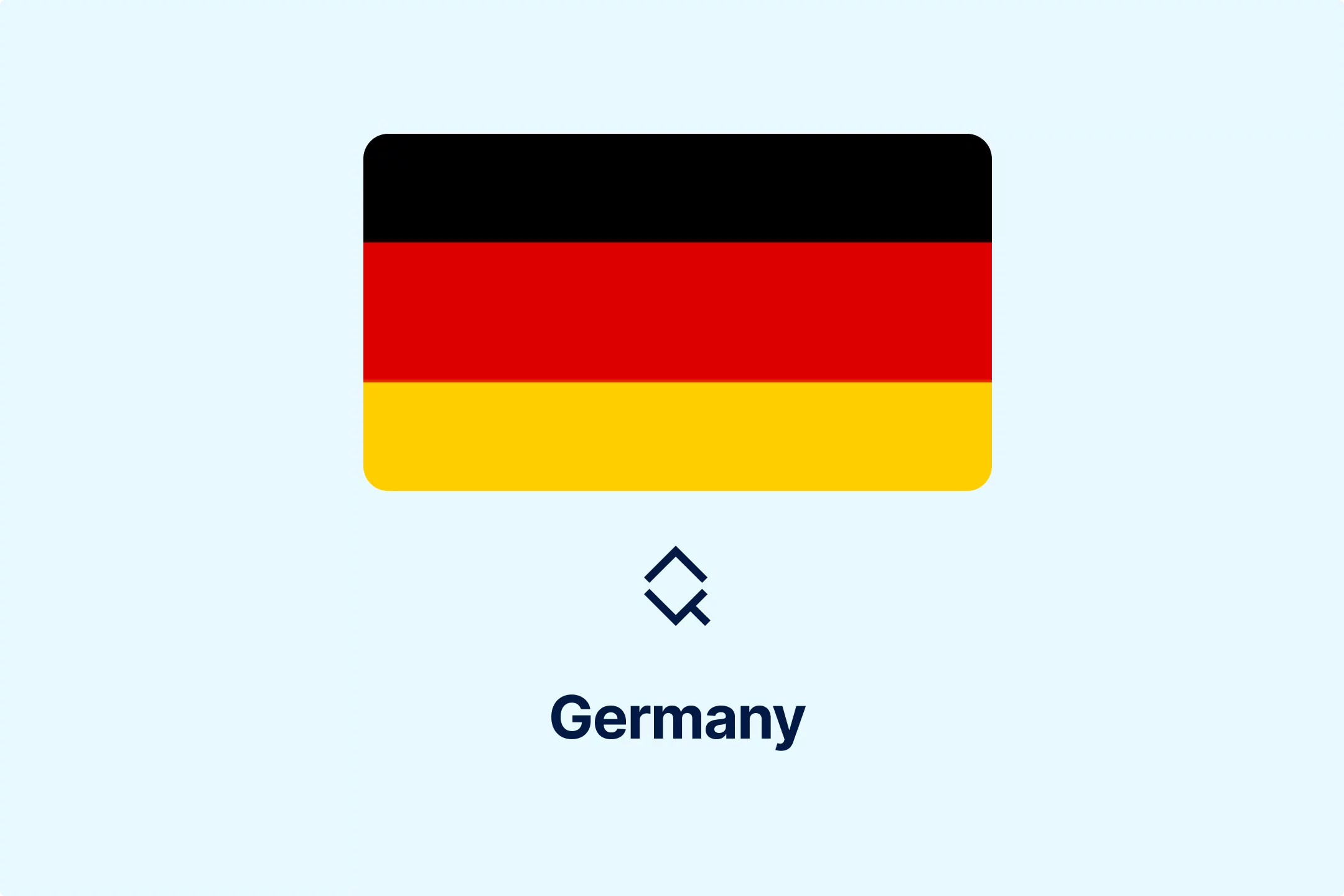
-wl9bl1rw3a.webp)

-2w76jtvtuk.webp)

-c0uvrmrq9j.webp)

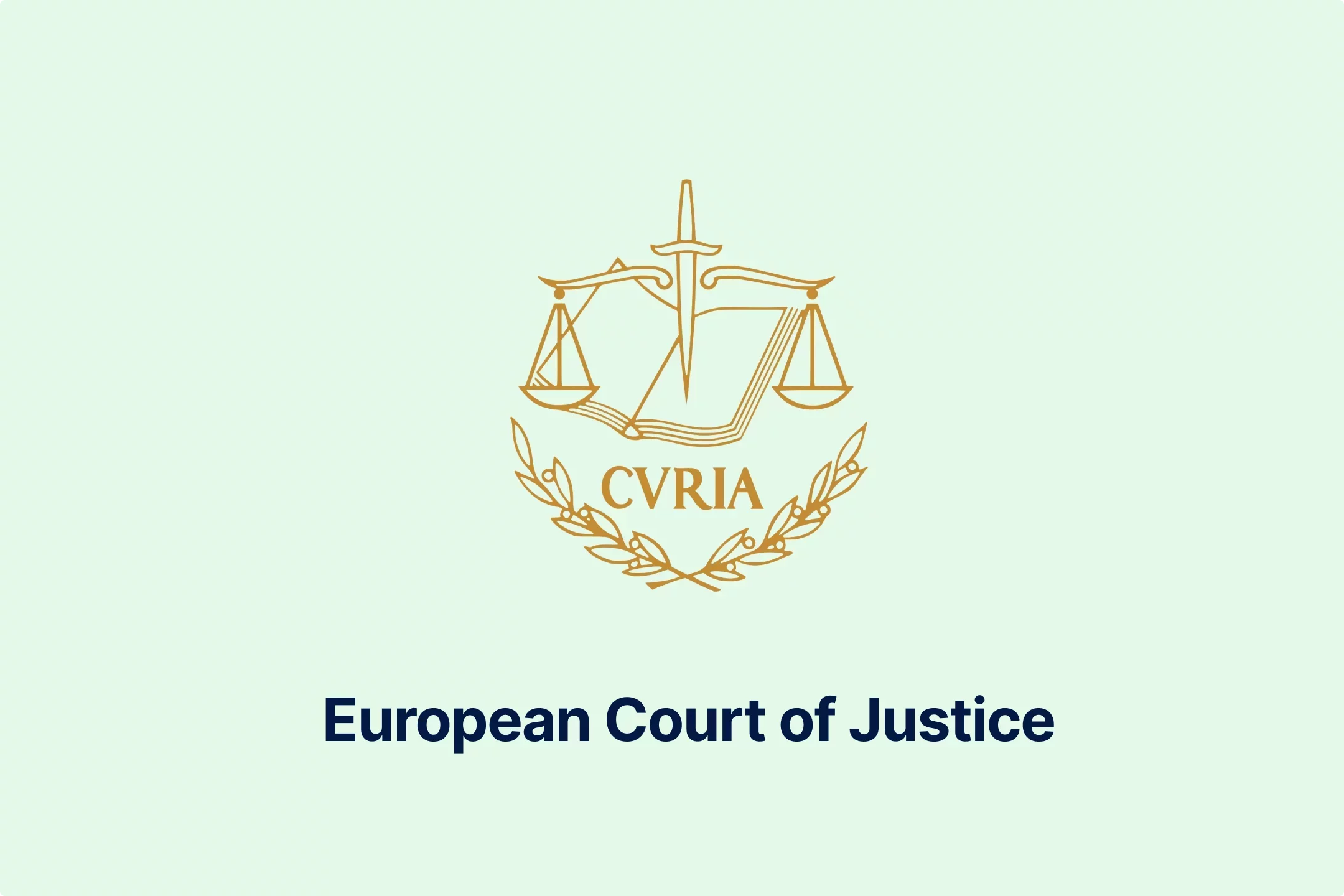
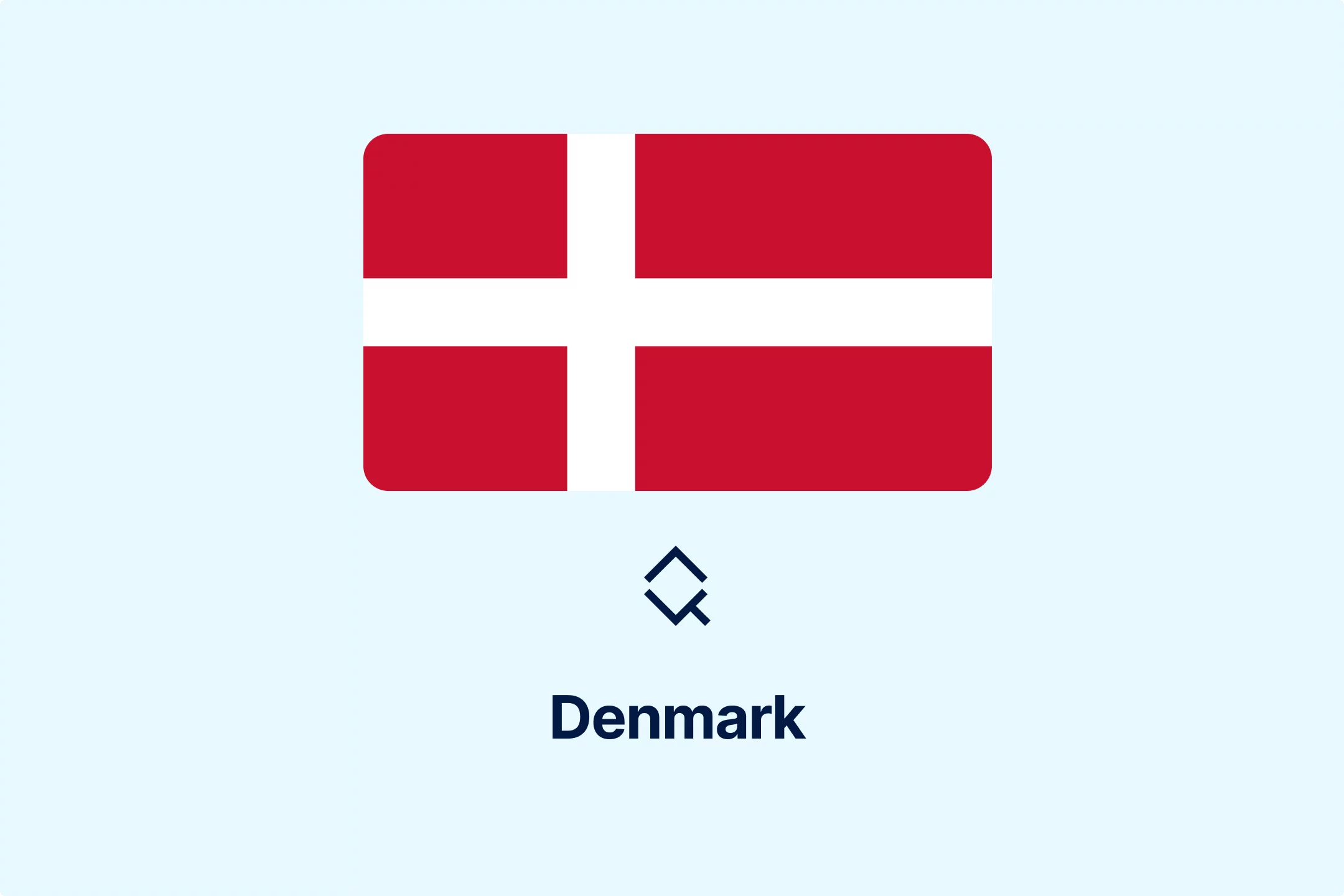
-pofe7ucwz3.webp)


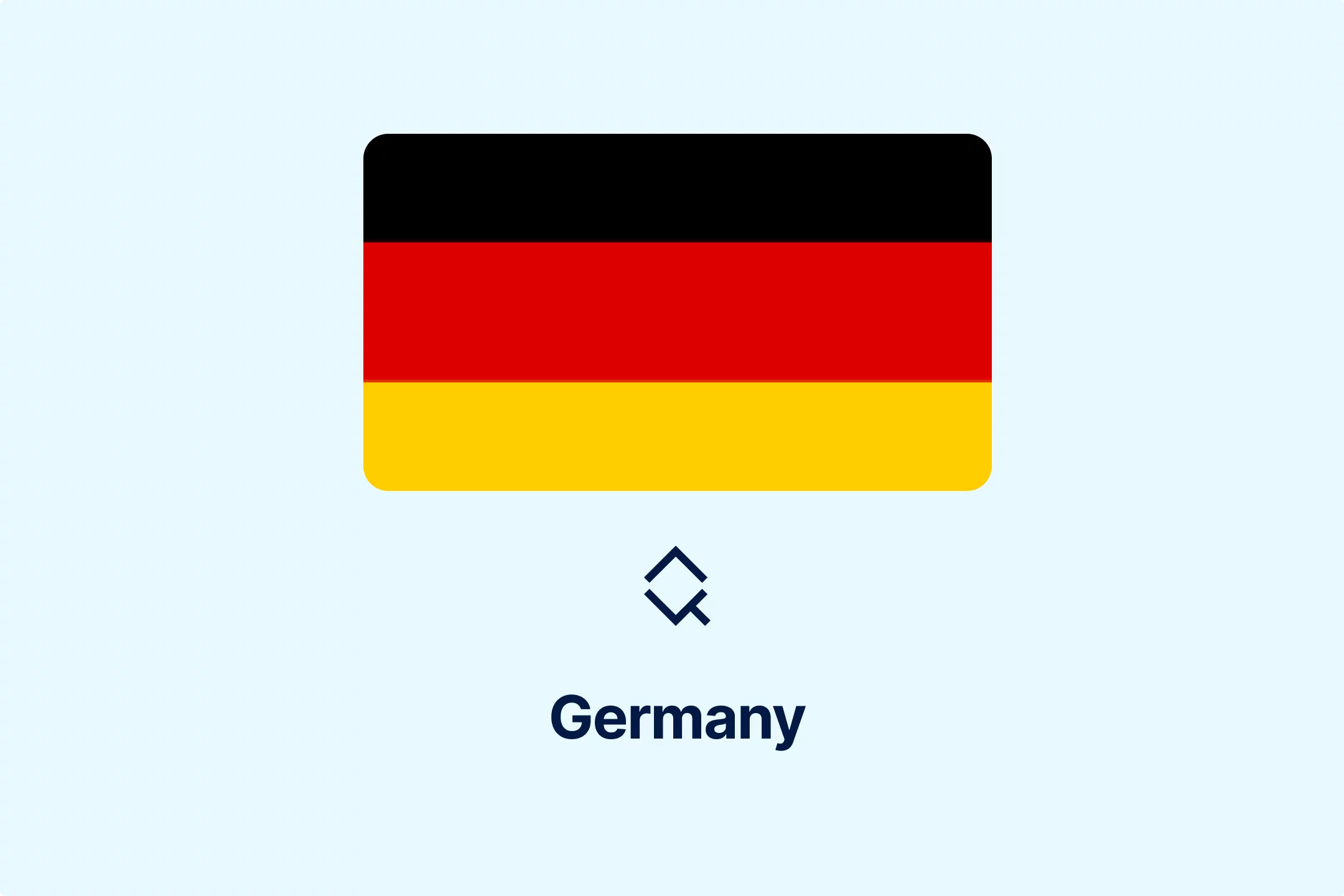
-5cc23ezxyf.webp)
-rrmabbekeb.webp)
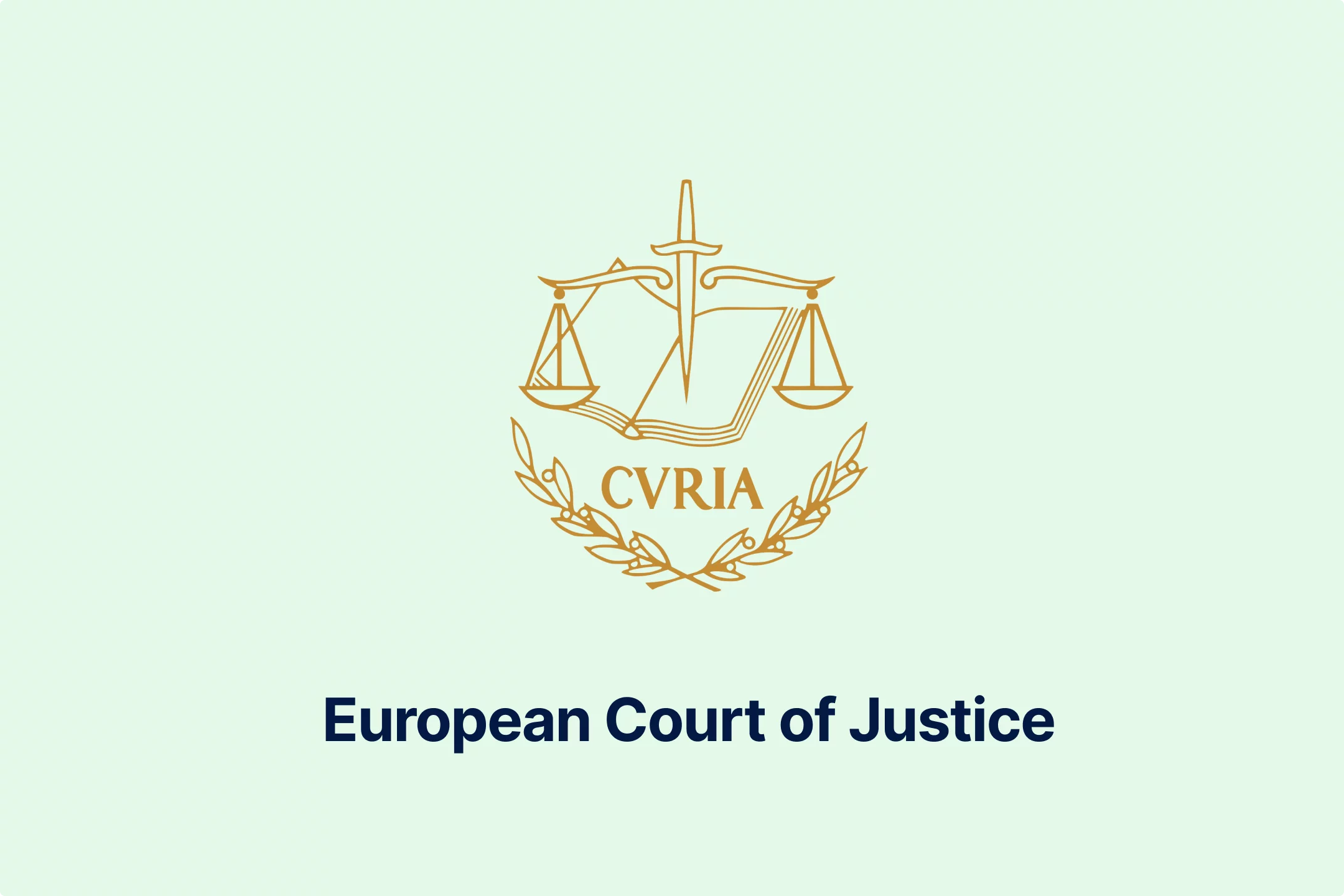
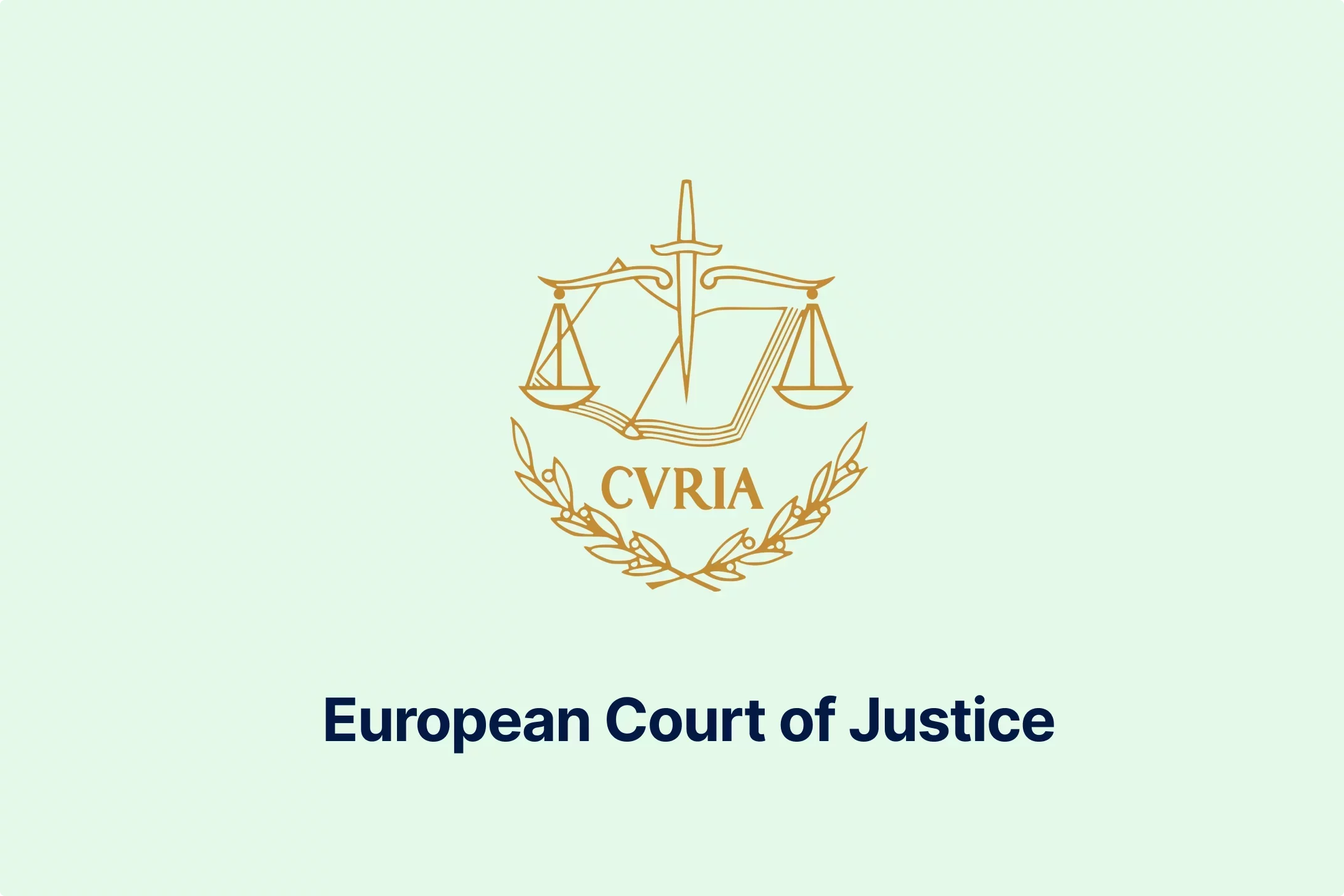
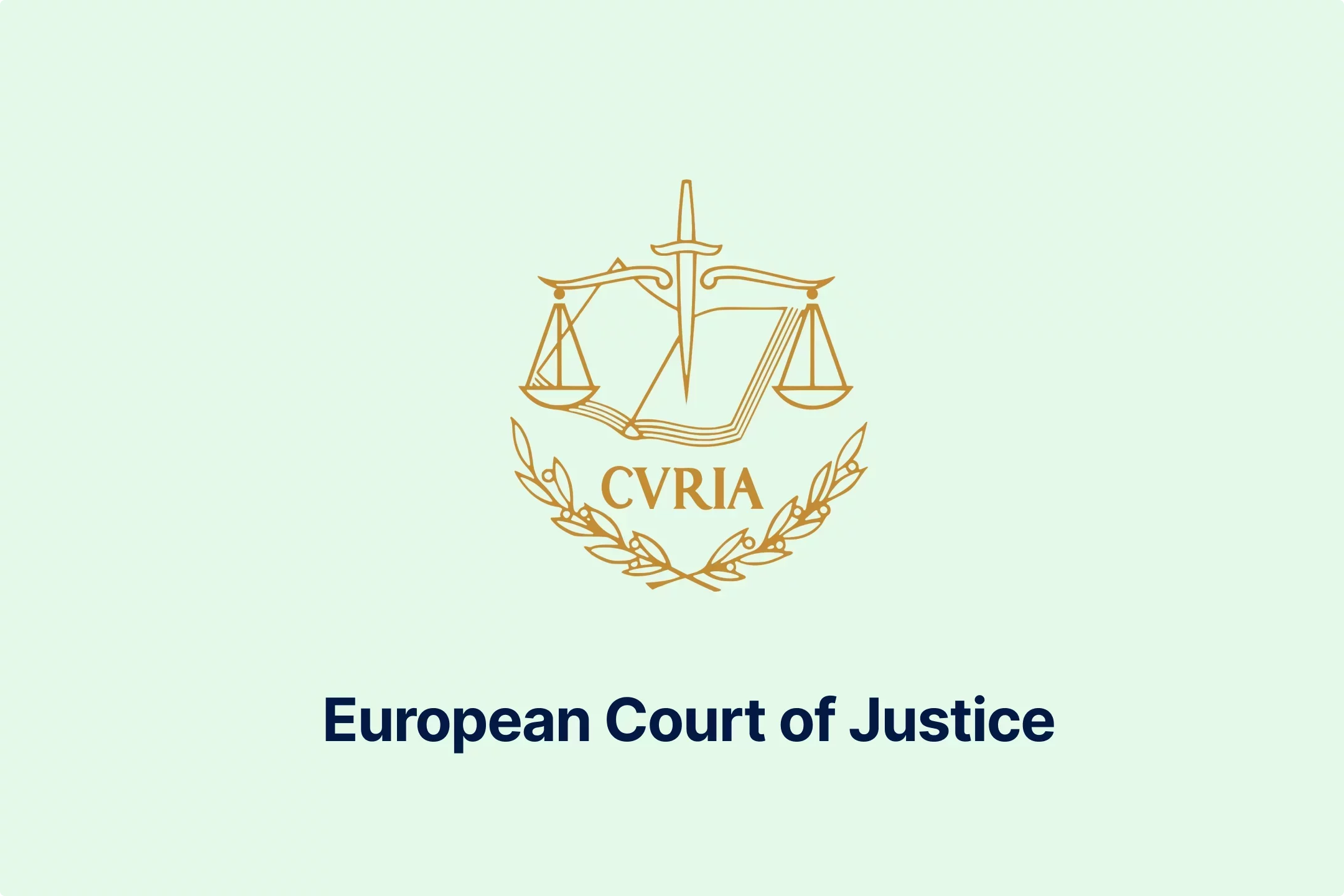
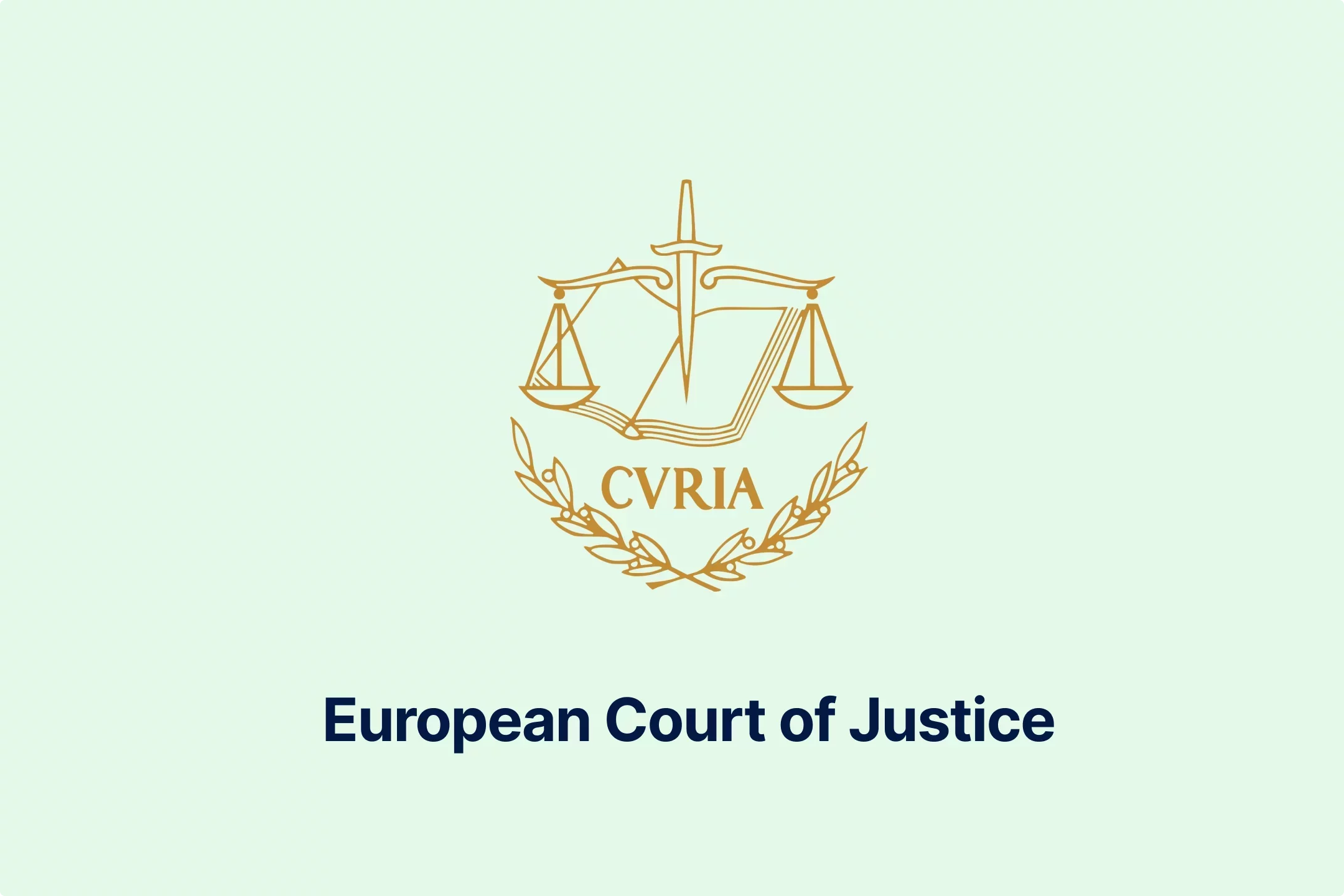
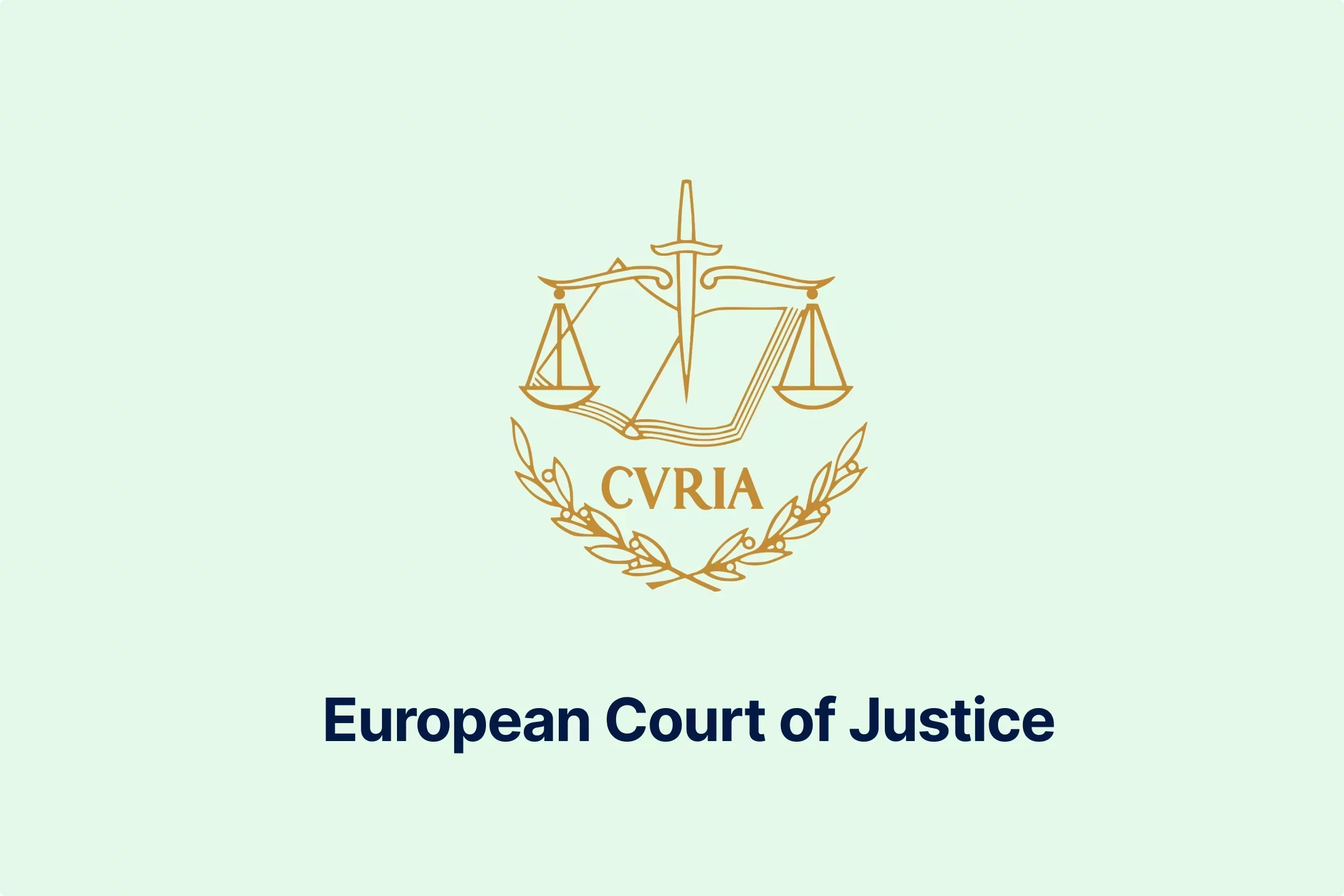
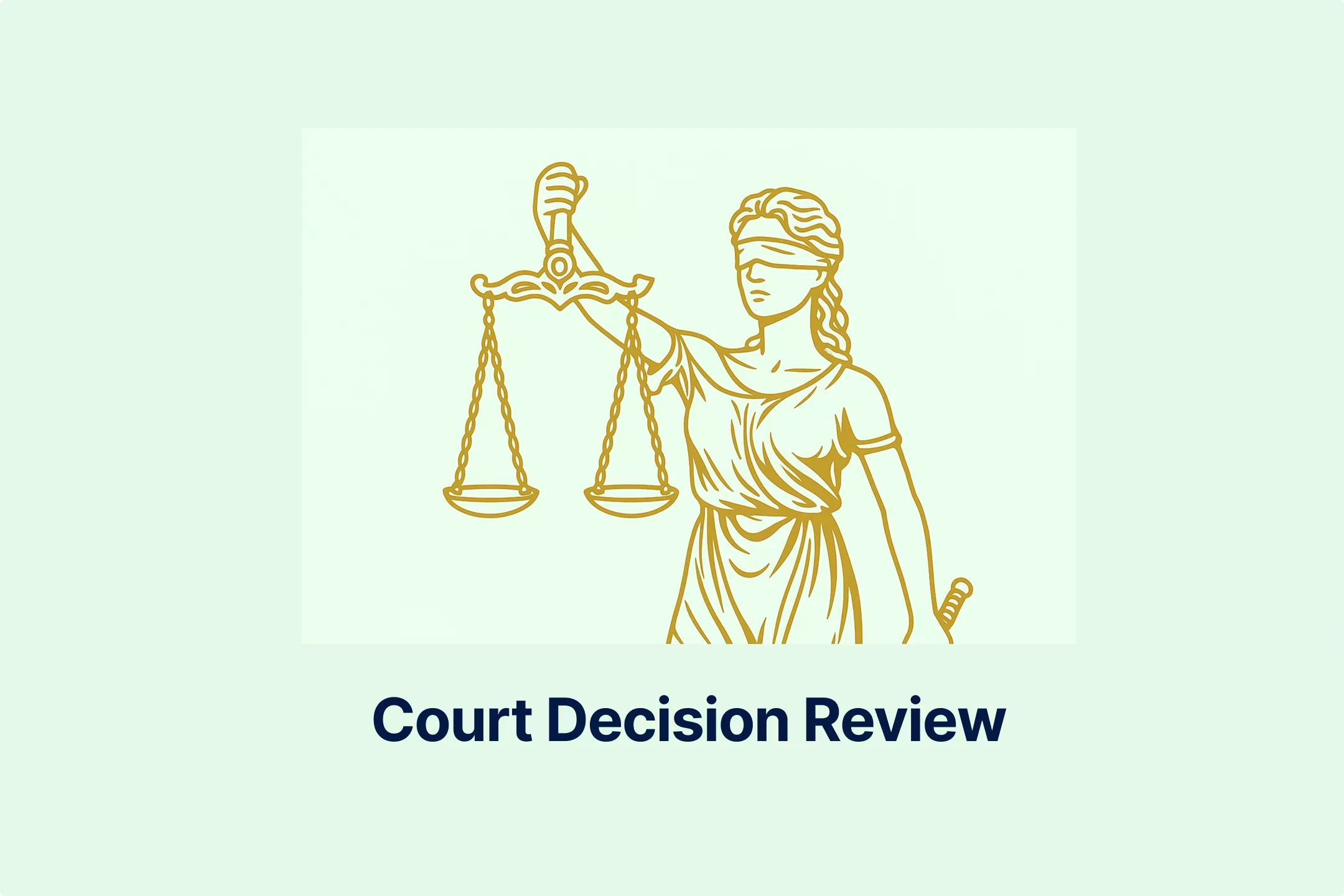
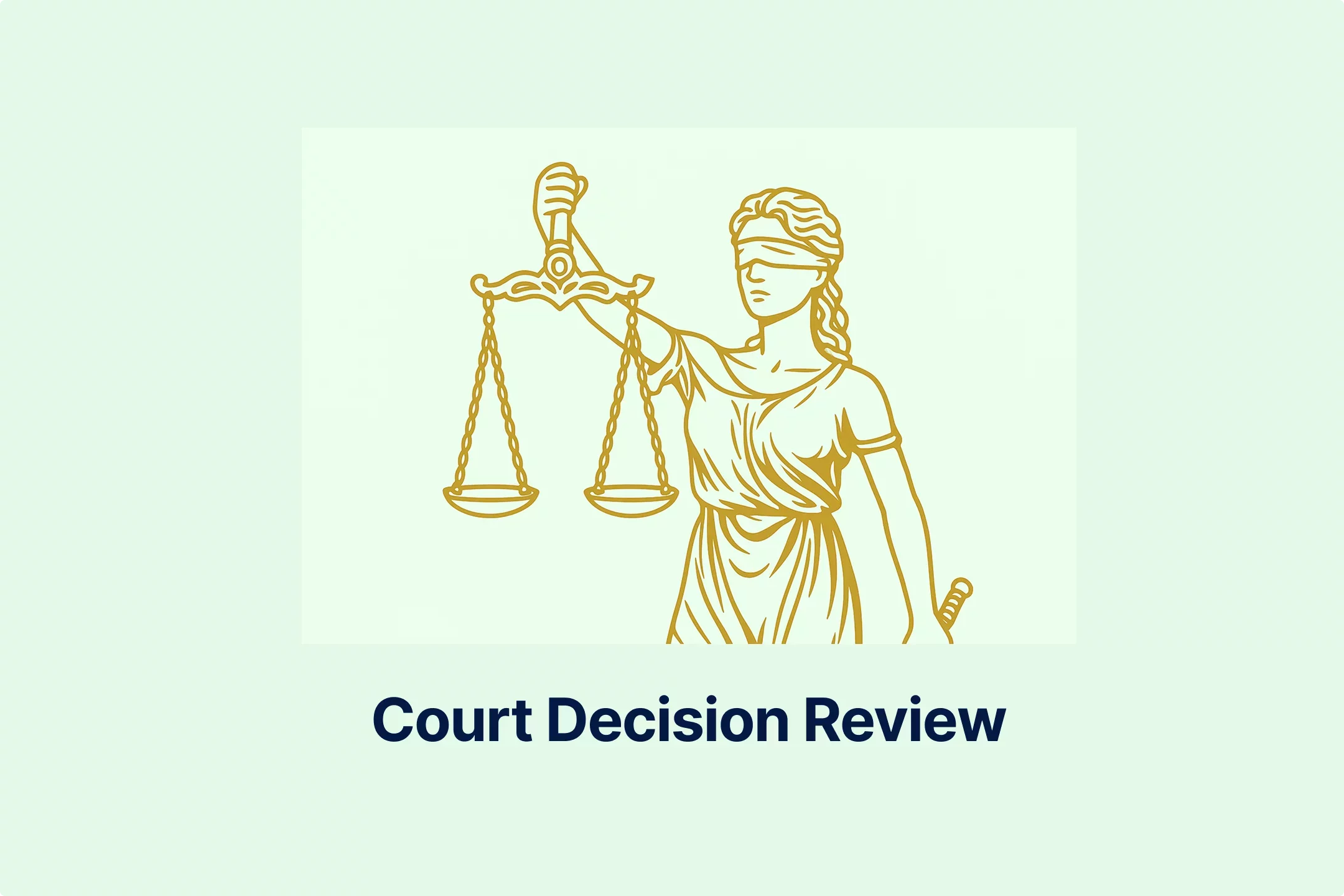

-iyyeiabtaf.webp)
-c8rbjkcs01.webp)
-nilkffjhah.webp)
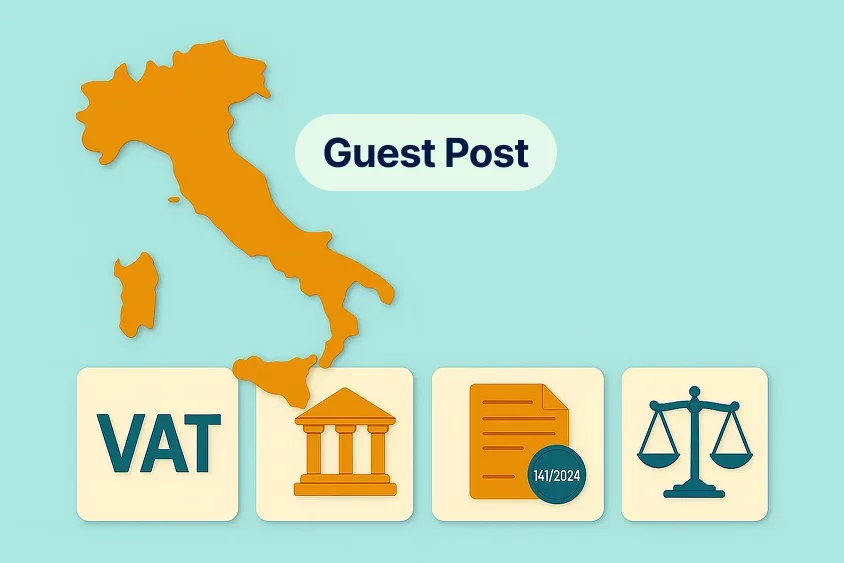
-hikakq55ae.webp)
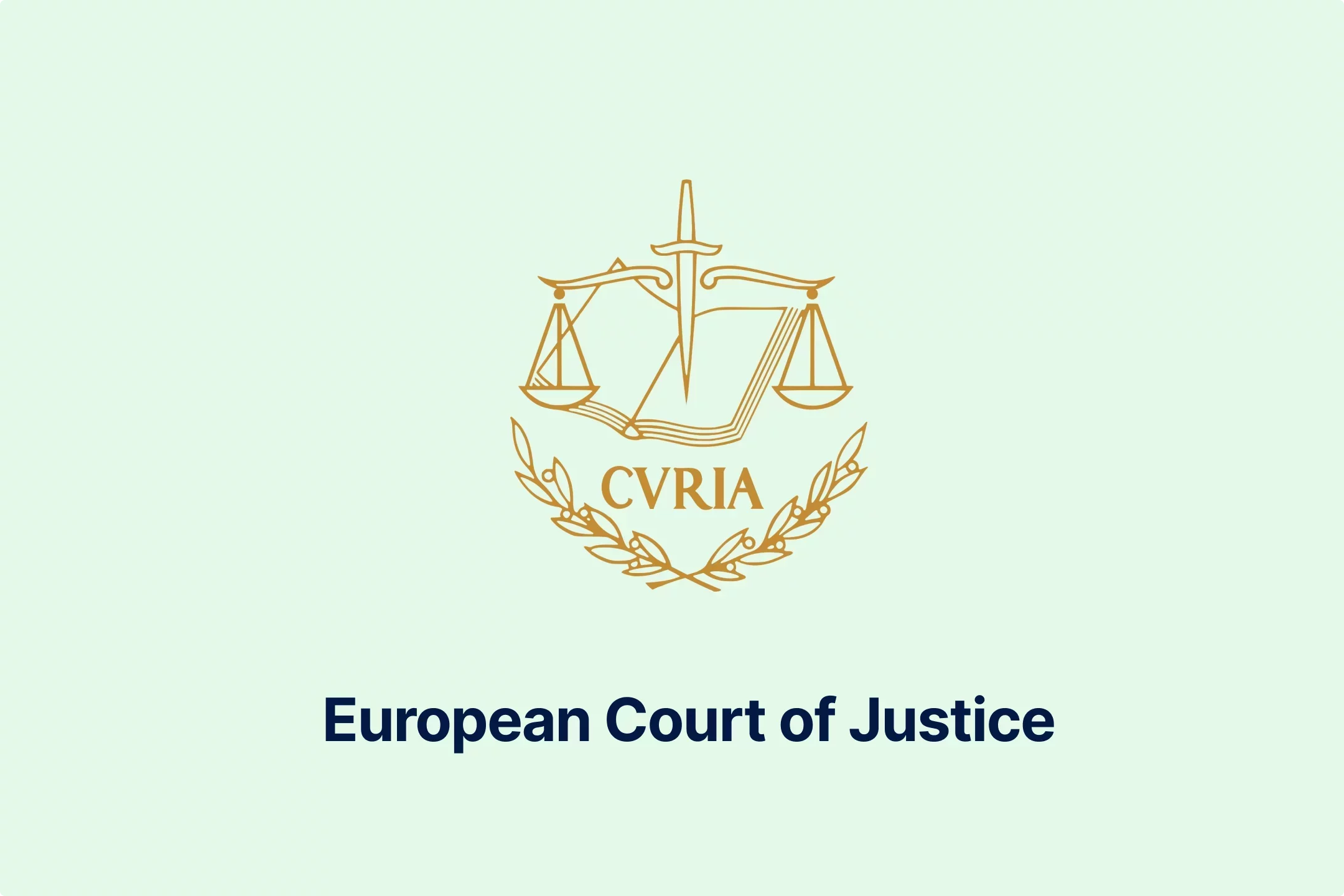
-z1d60bldtg.webp)
-d1a0q6n7mp.webp)
-viip8nvoeh.webp)
-bvv1otliox.webp)
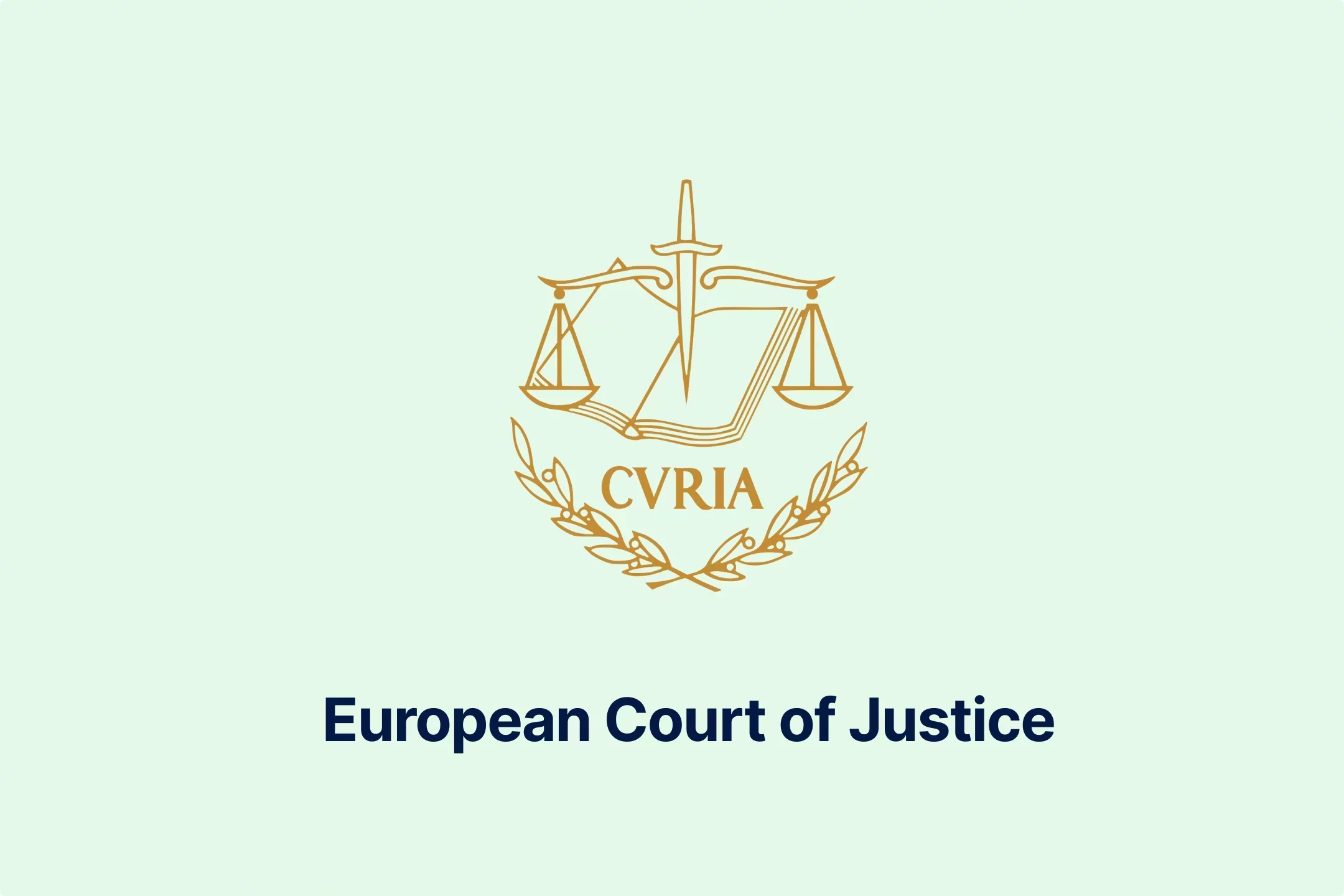
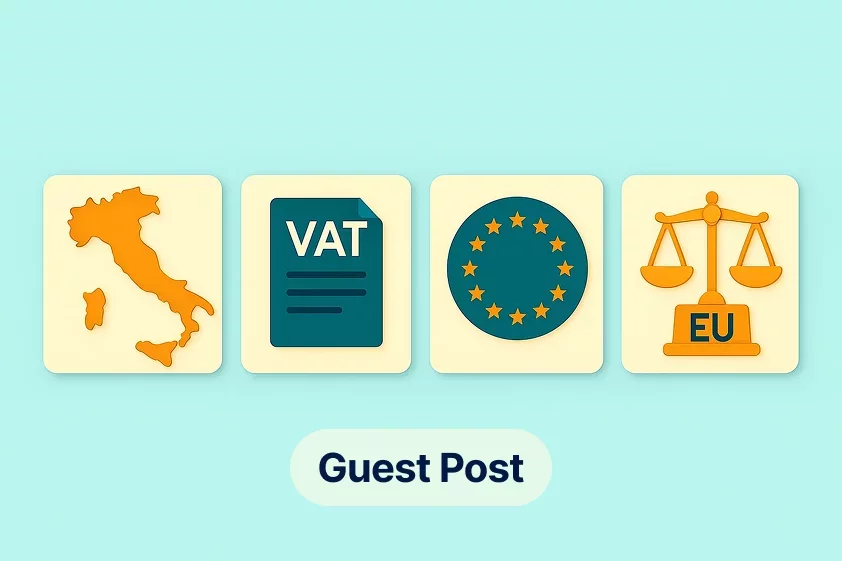
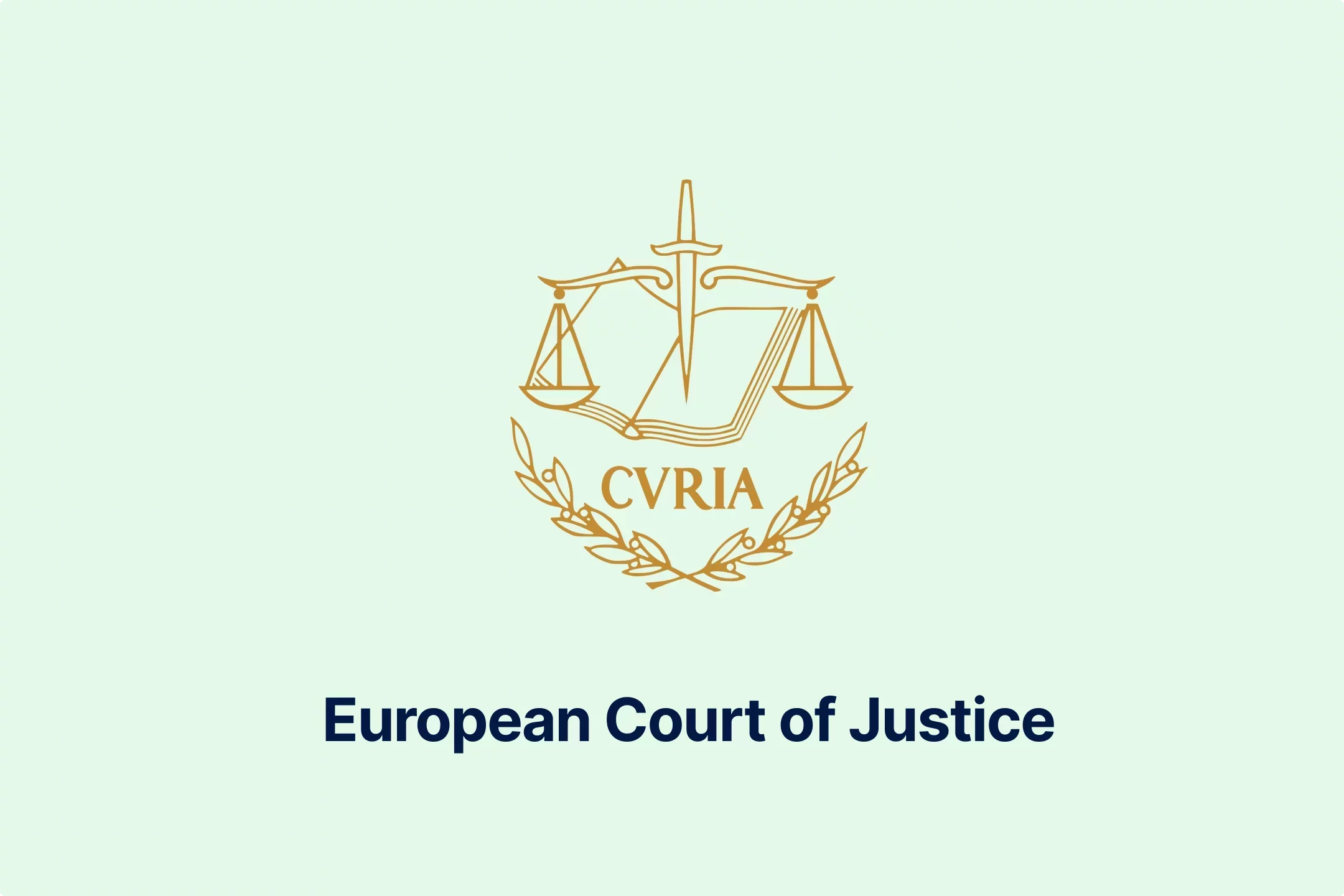
-de8hdb1bn3.webp)
-7xsxxoypnx.webp)

-cm0opezg73.webp)
-0tovsdupmi.webp)
-subxdamdj6.webp)
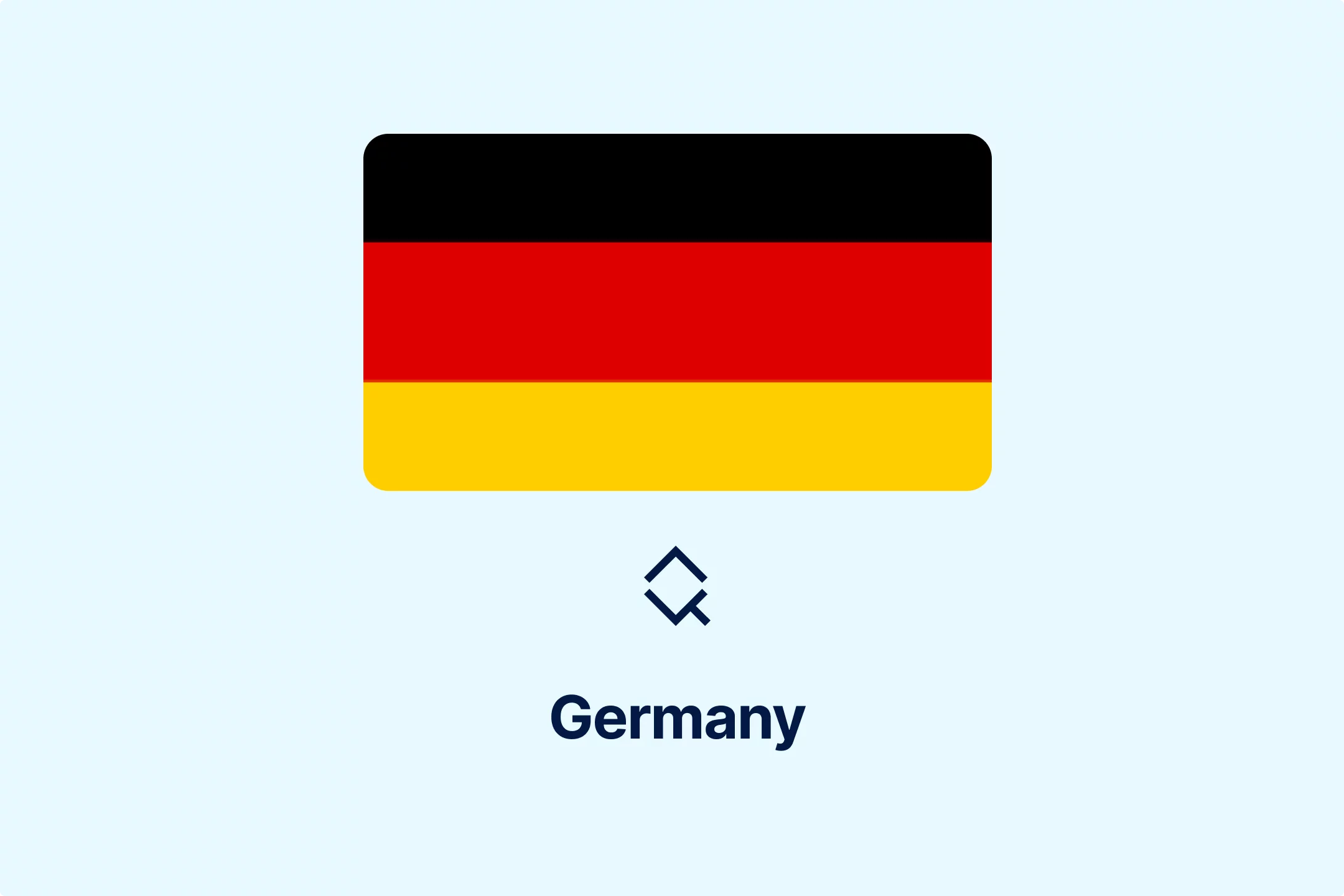
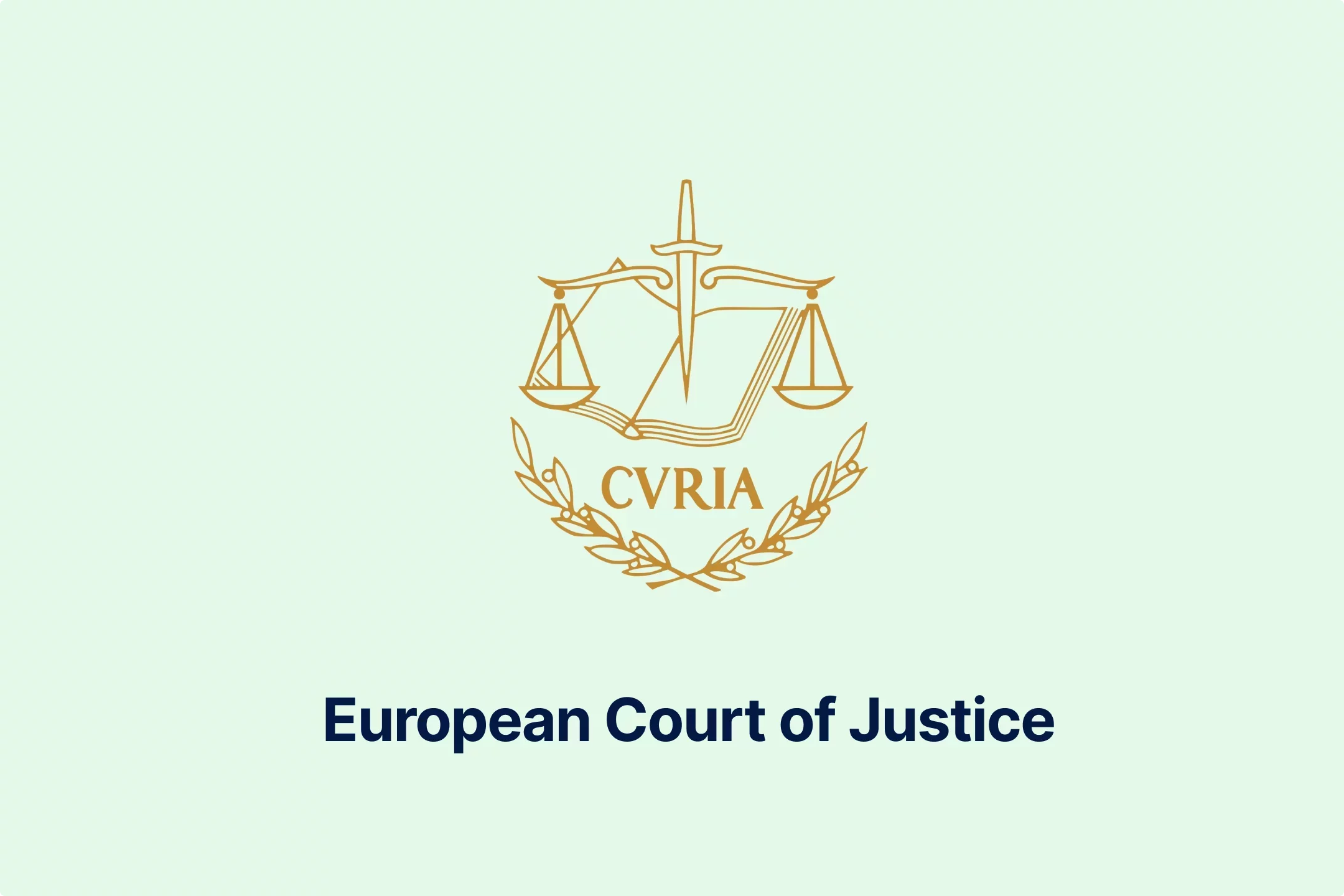
-gly6ablwnh.webp)
-gkduqhwbzh.webp)
-qpe1ld9vcj.webp)
-8noukwsmba.webp)
-aka29tuhkt.webp)


-fisvs27yrp.webp)


-mp0jakanyb.webp)

-aivzsuryuq.webp)



-o7f4ogsy06.webp)

-zjja92wdje.webp)
-hrbhdts8ry.webp)
-qtdkwpgkug.webp)


-cf8ccgah0p.webp)
-0em3cif5s6.webp)





-ptzesl0kij.webp)

-tfzv42pyms.webp)






-uodv7sfbih.webp)
-bbrdfmm9qf.webp)



-m2tl8crfqr.webp)


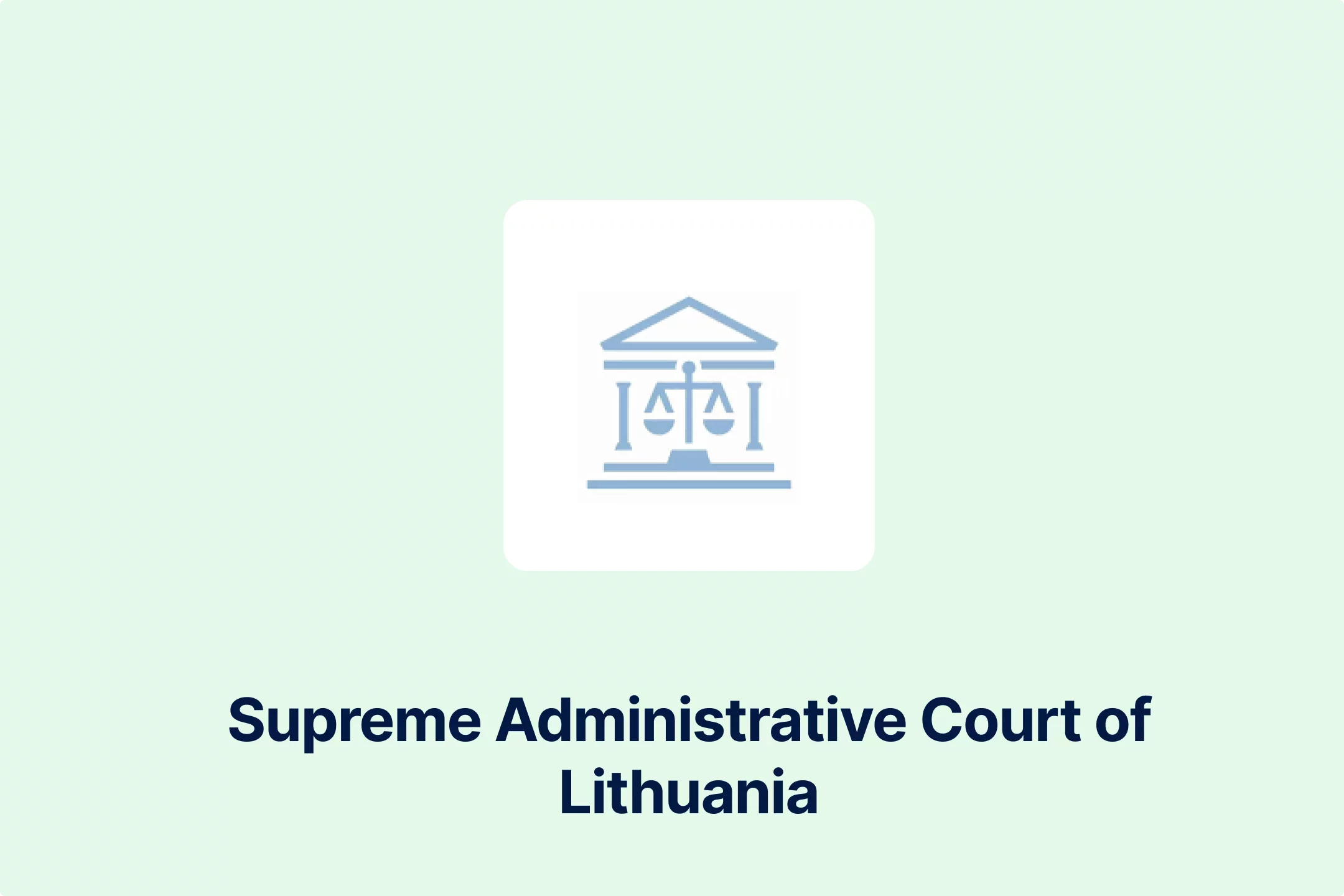

-1awbqjgpjs.webp)
-avbjsn1k1g.webp)


-0h8ohkx6s0.webp)


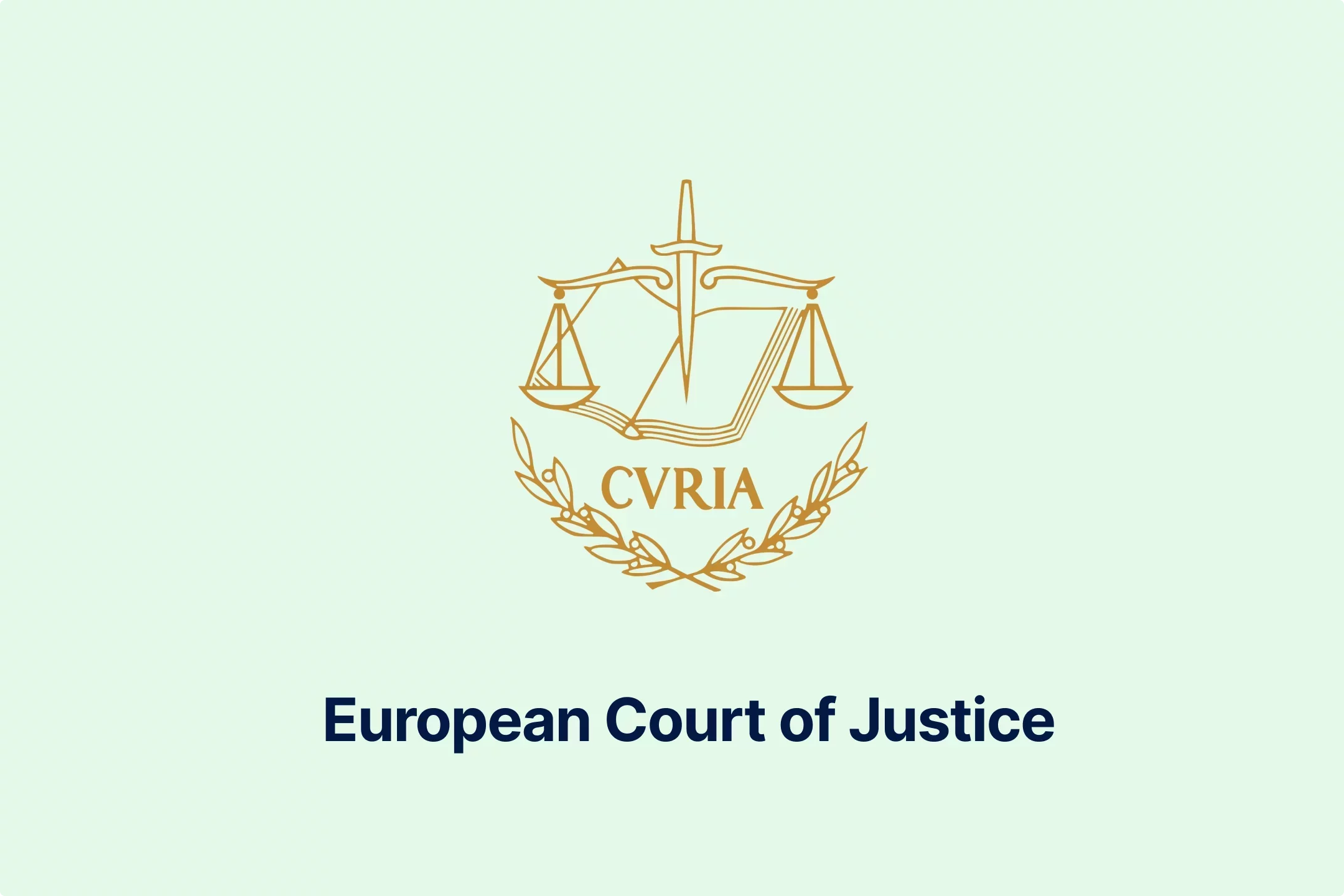
-wfmqhtc7i6.webp)
-7wljbof2zo.webp)
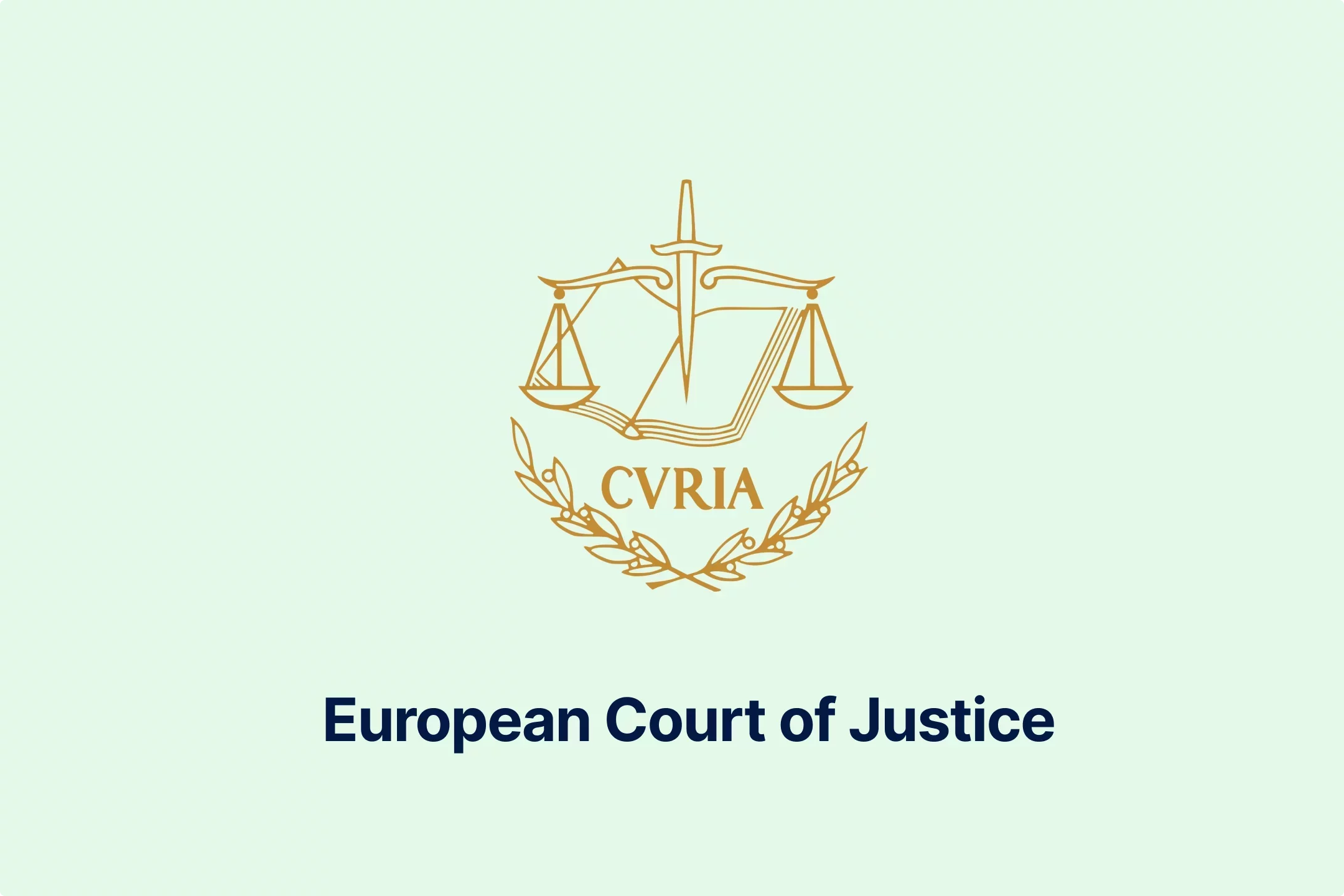
-eqt97uyekl.webp)
-wzw9mcf563.webp)

-z4oxr6i0zd.webp)




-l0zcrrzvhb.webp)
-fhtic1pwml.webp)

-iipdguuz9p.webp)
-nkhhwrnggm.webp)
-pltqwerr3w.webp)

-nn6mtfbneq.webp)

-tmnklelfku.webp)



-8z1msbdibu.webp)
-7g16lgggrv.webp)



-lxcwgtzitc.webp)
-9mc55kqwtx.webp)


-xla7j3cxwz.webp)
-jrdryw2eil.webp)






-t9qr49xs2u.webp)


-qjopq5jplv.webp)



-vune1zdqex.webp)

-qsozqjwle2.webp)
-rgjta7iwiv.webp)

-zb6bxxws47.webp)
-lyfjzw4okp.webp)

-ogpfmol5m1.png)


-czisebympl.png)

-zetvivc79v.png)
-ud7ylvkade.png)
-qizq6w2v5z.png)







-ihr6b4mpo1.webp)
-k1j4au0ph6.webp)
-swxxcatugi.webp)


-ig9tutqopw.webp)

-tauoa6ziym.webp)

-spr0wydvvg.webp)

-xfuognajem.webp)





-u2nv5luoqc.webp)








-opuxpan2iu.webp)




-kwttsfd8ow.webp)
-8u14qi10nj.webp)

-wjpr96aq5g.webp)

.png)

.png)


.png)


.png)



.png)
.png)
.png)
.png)
.png)

.png)
.png)




.png)
.png)




































































































































